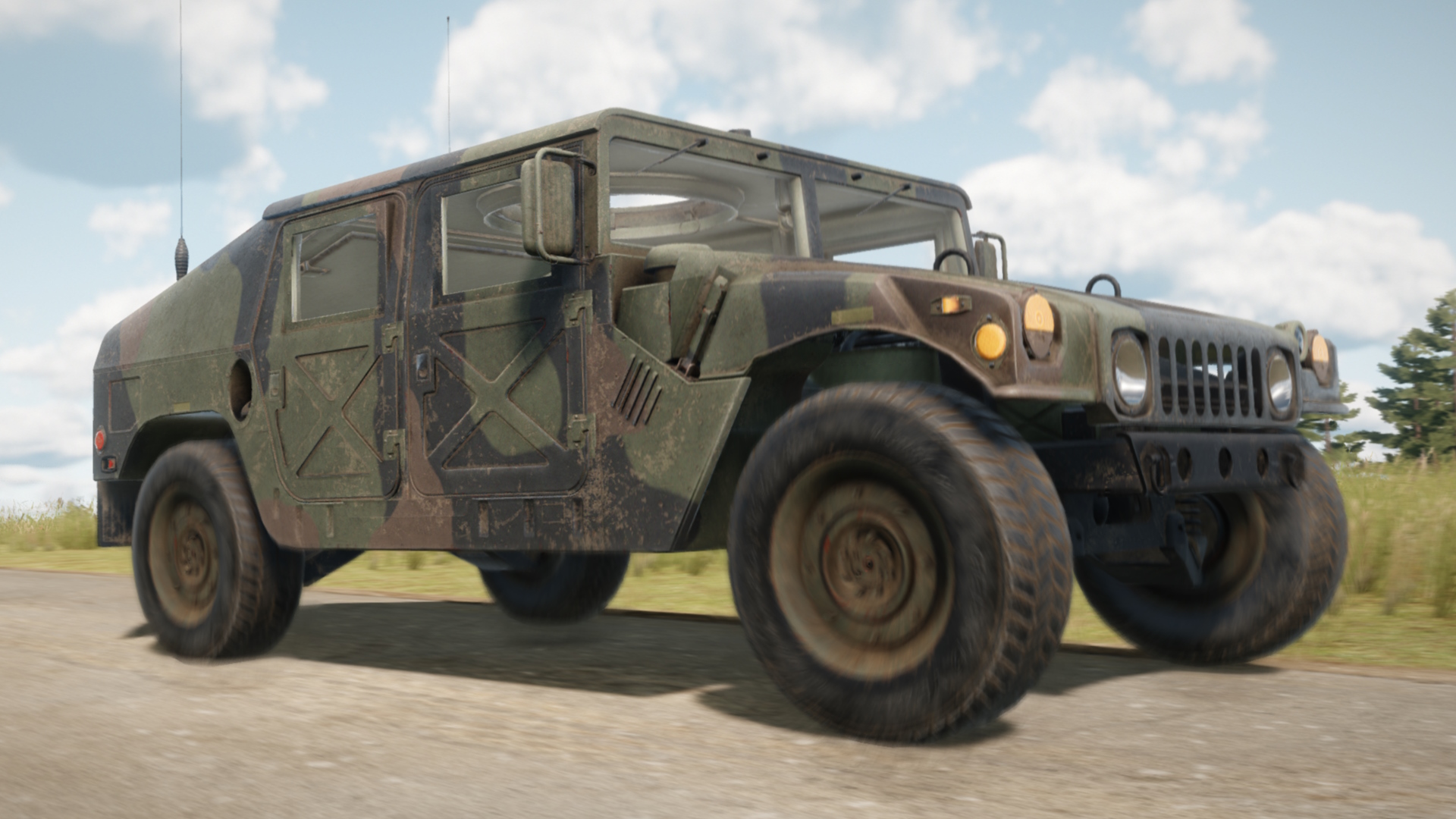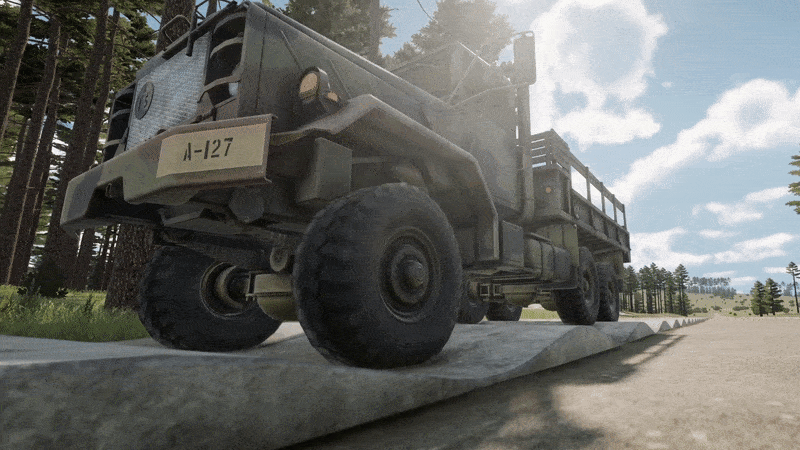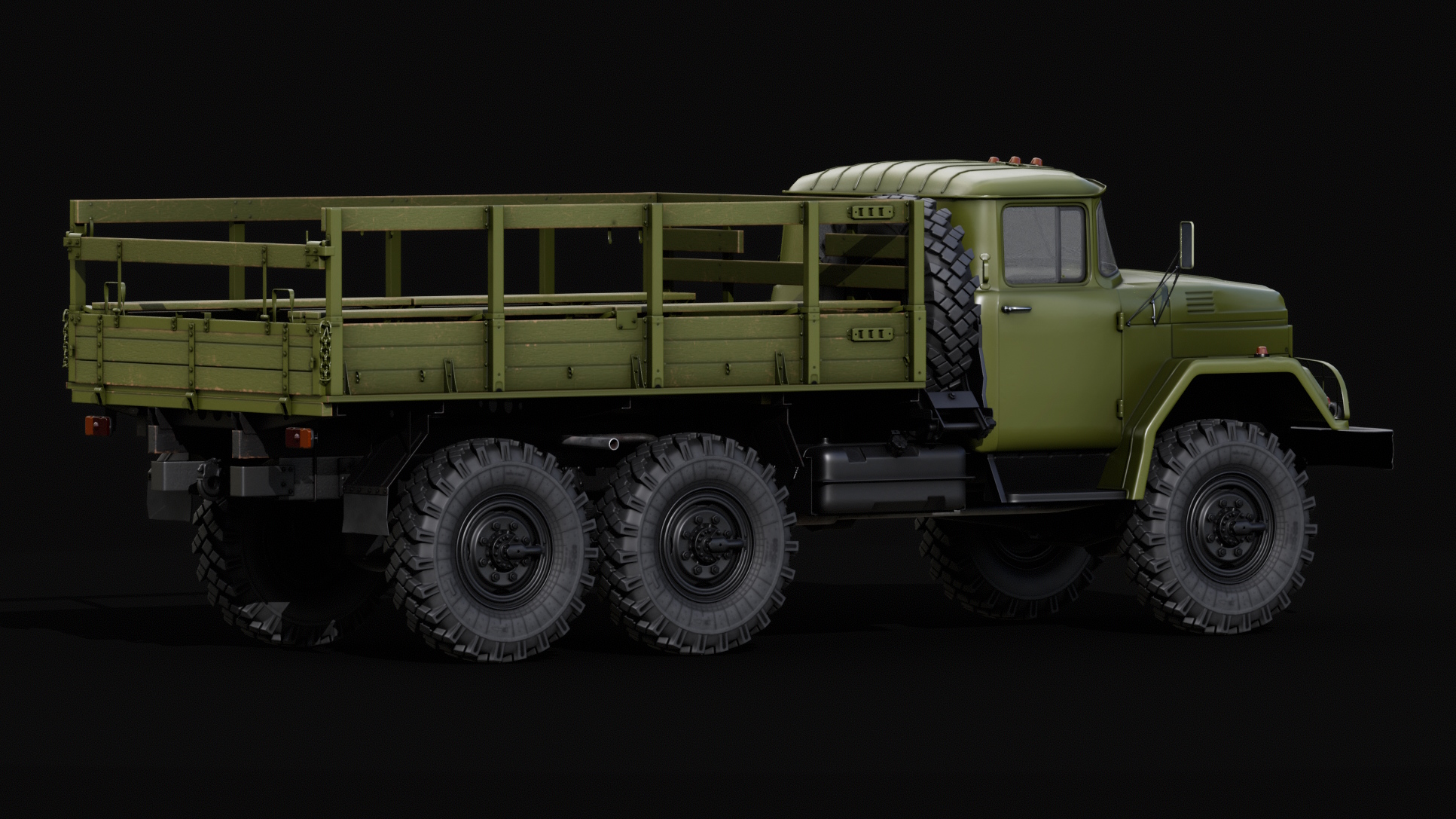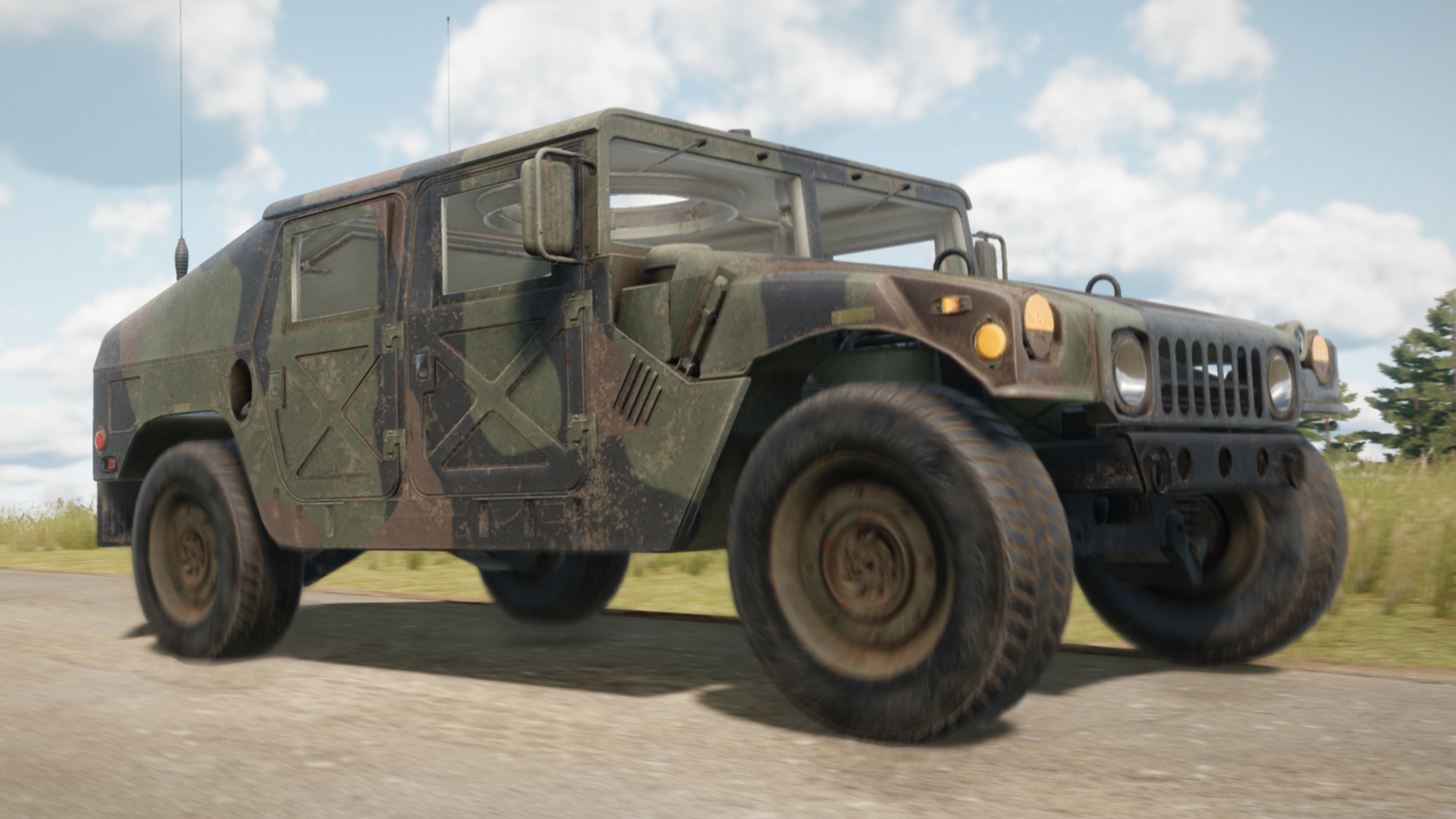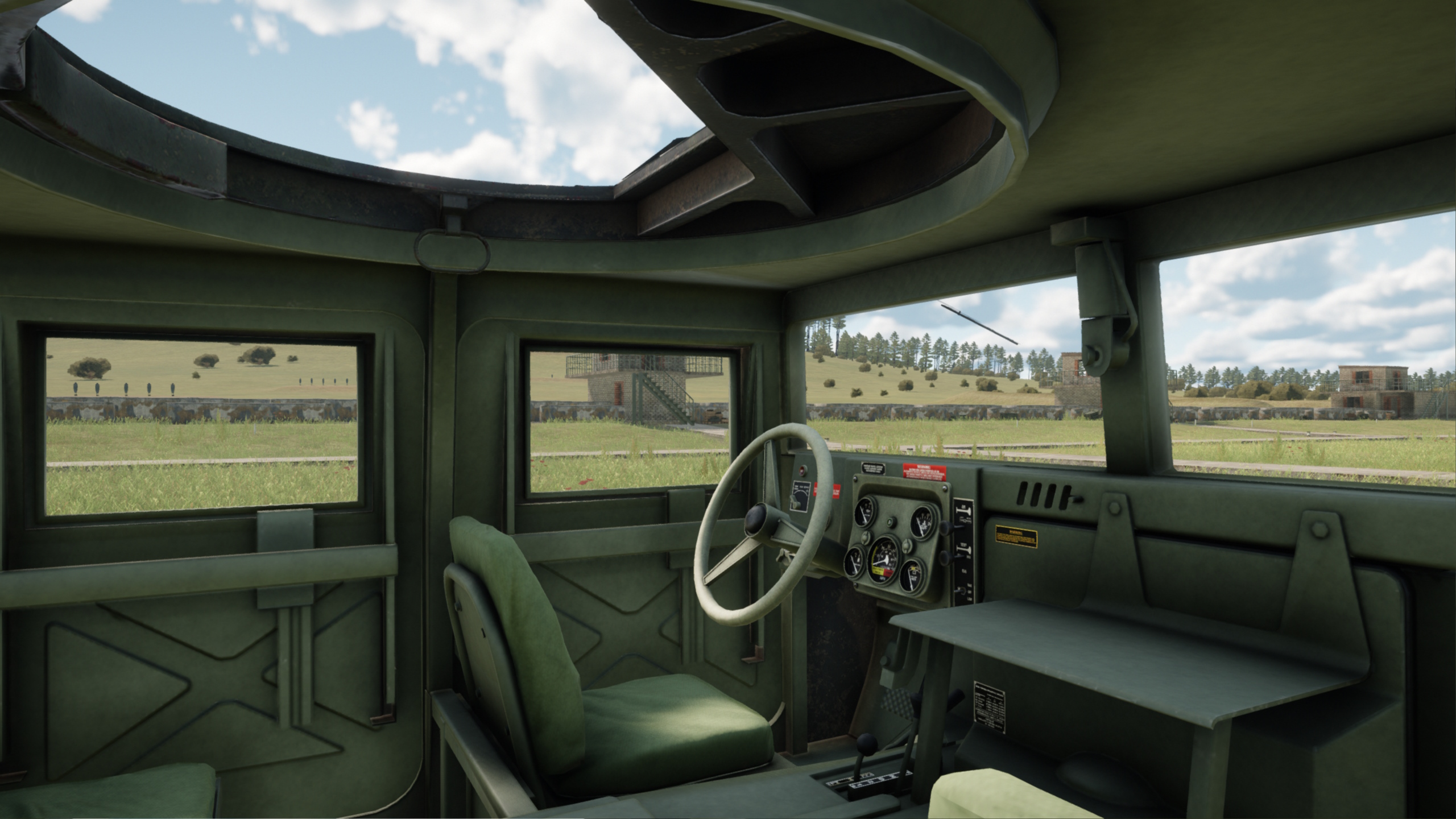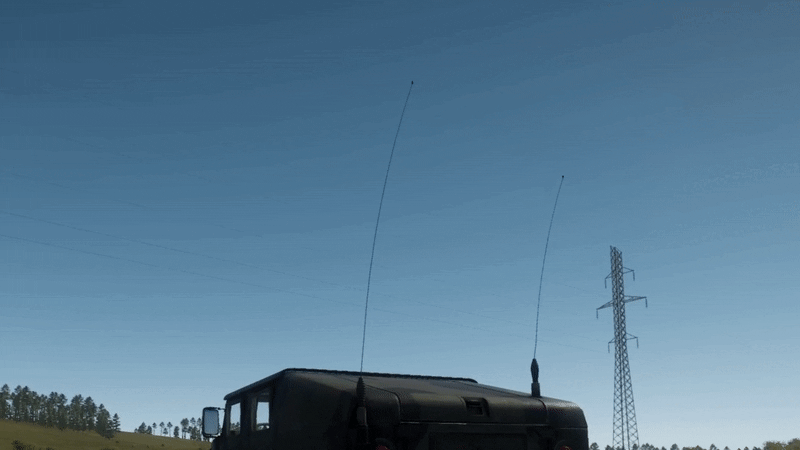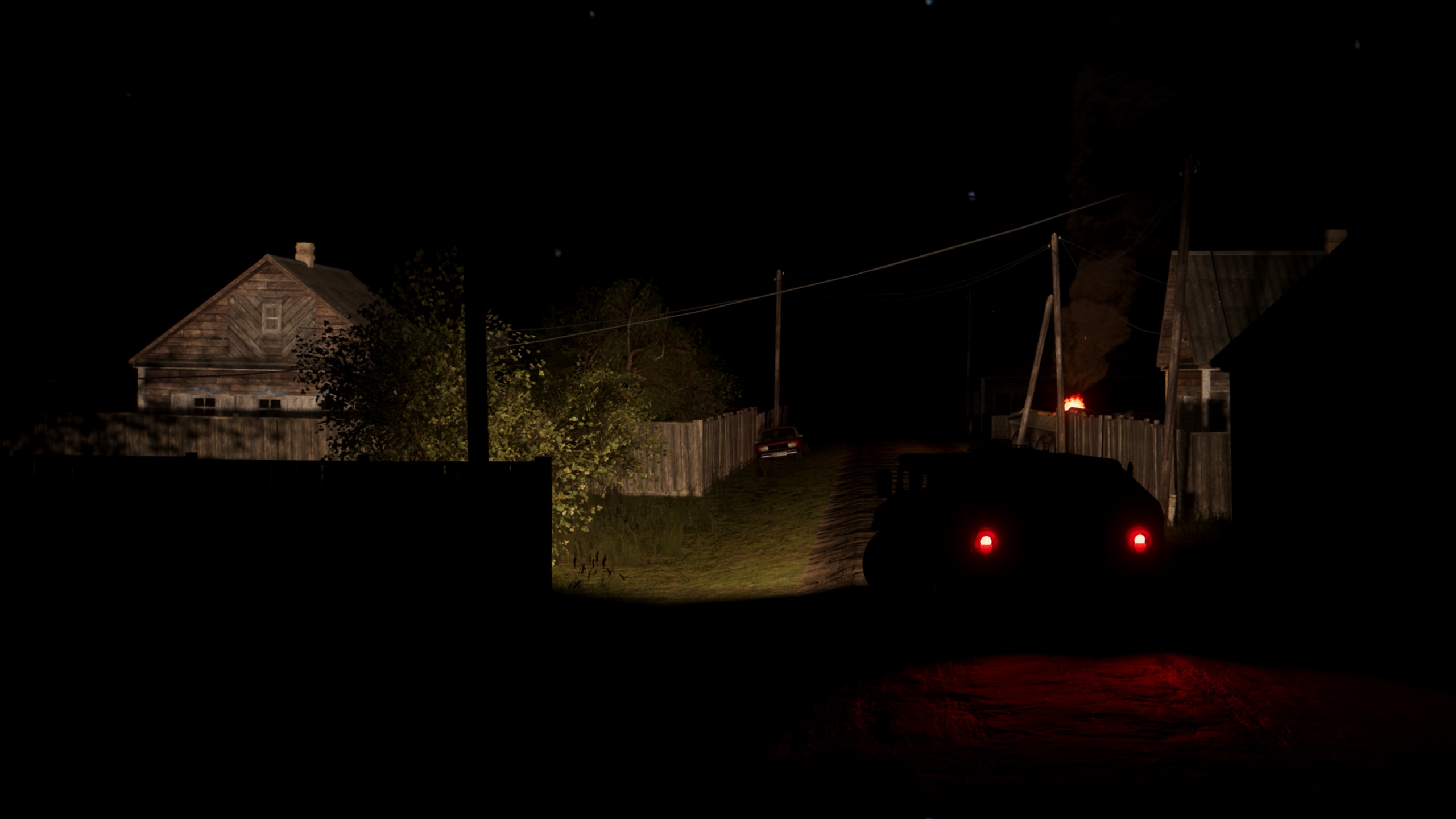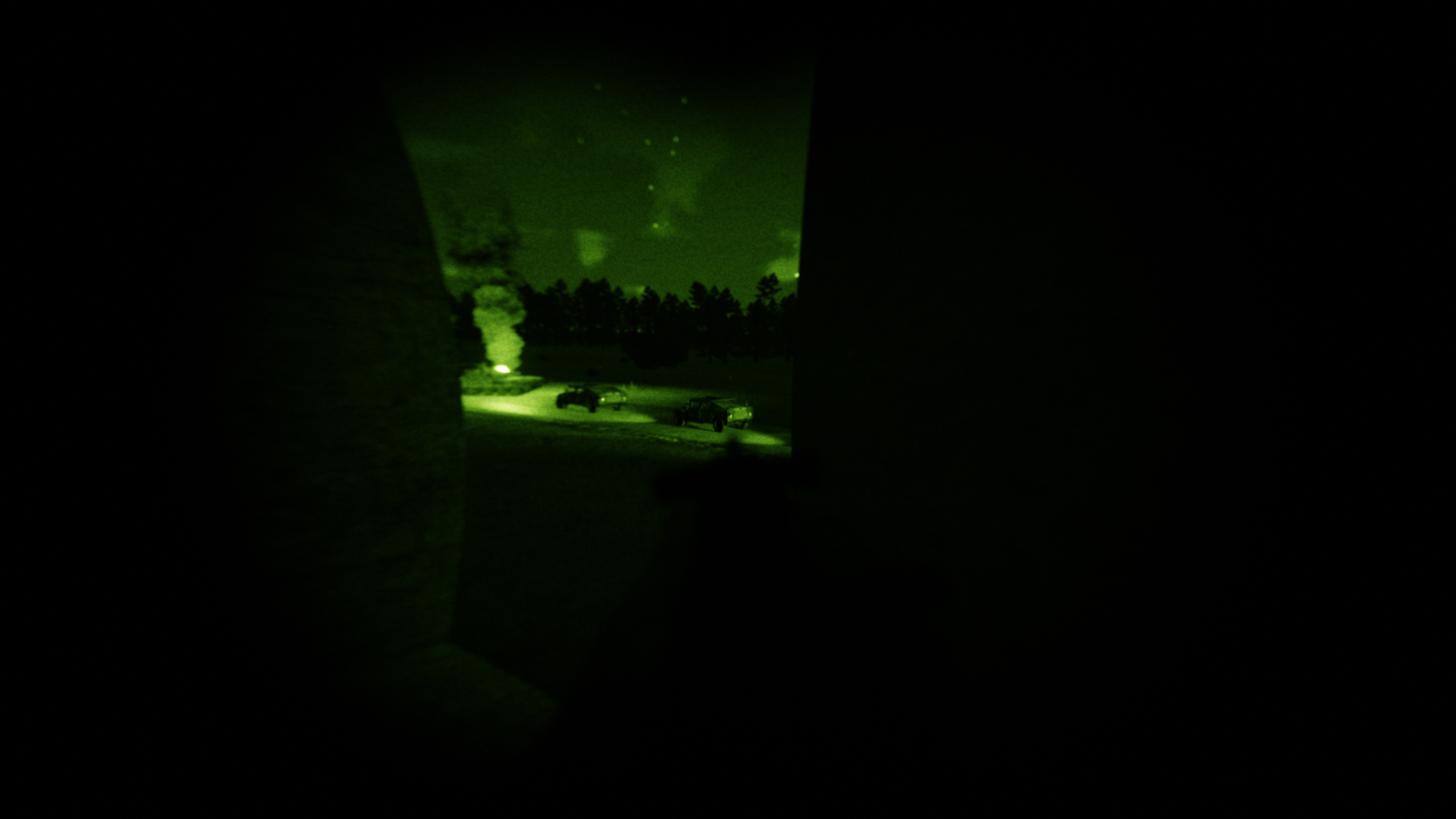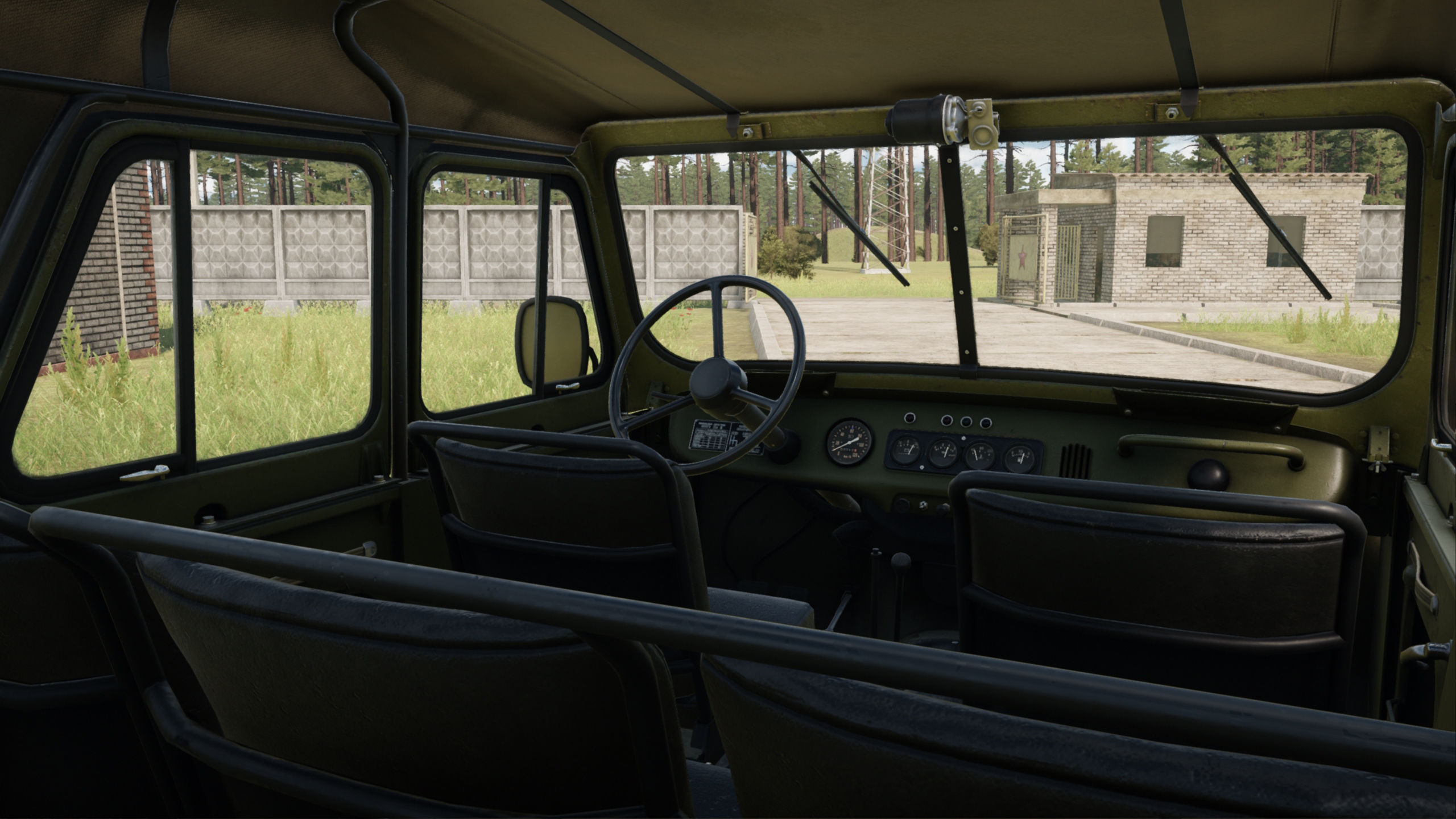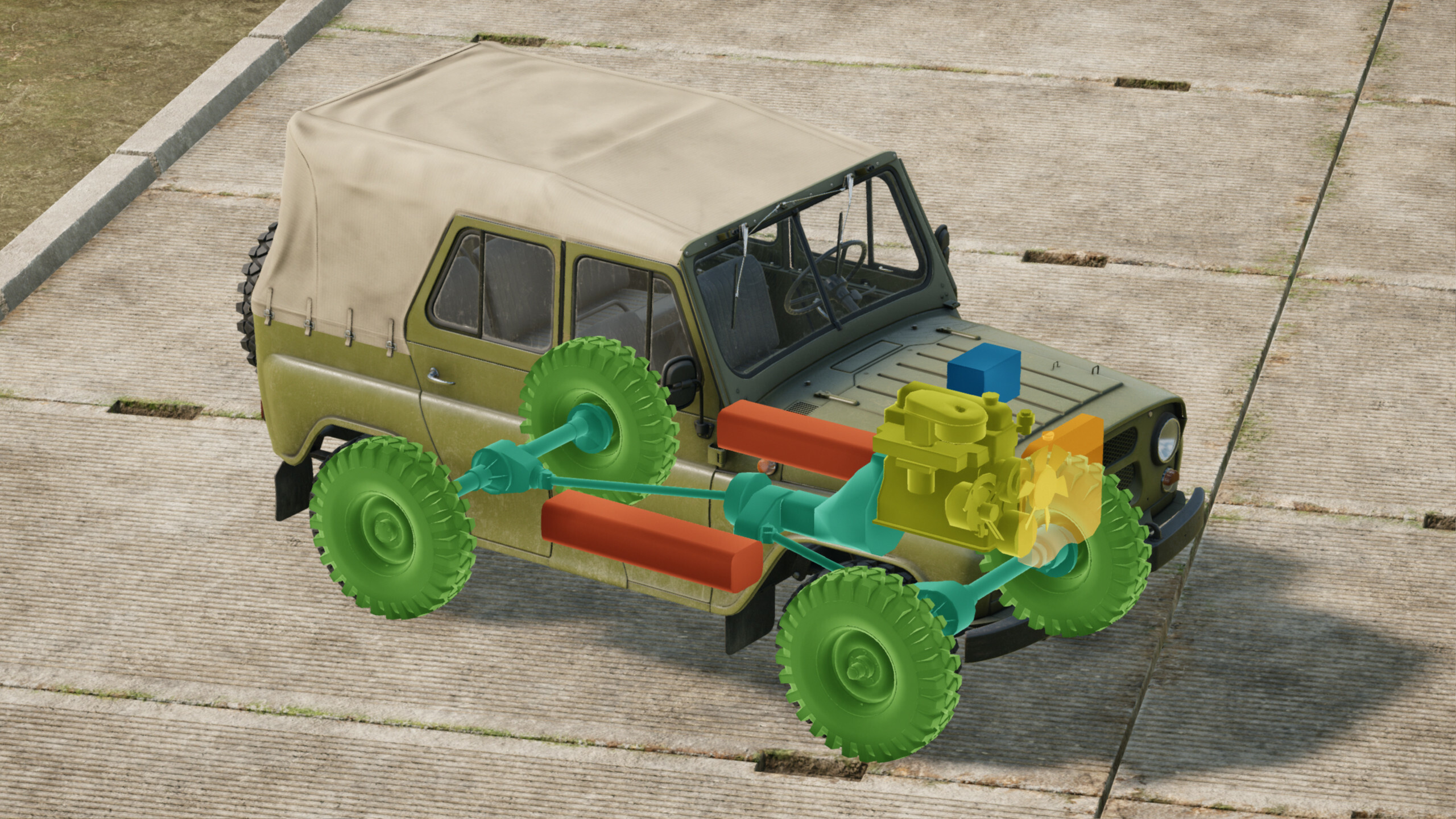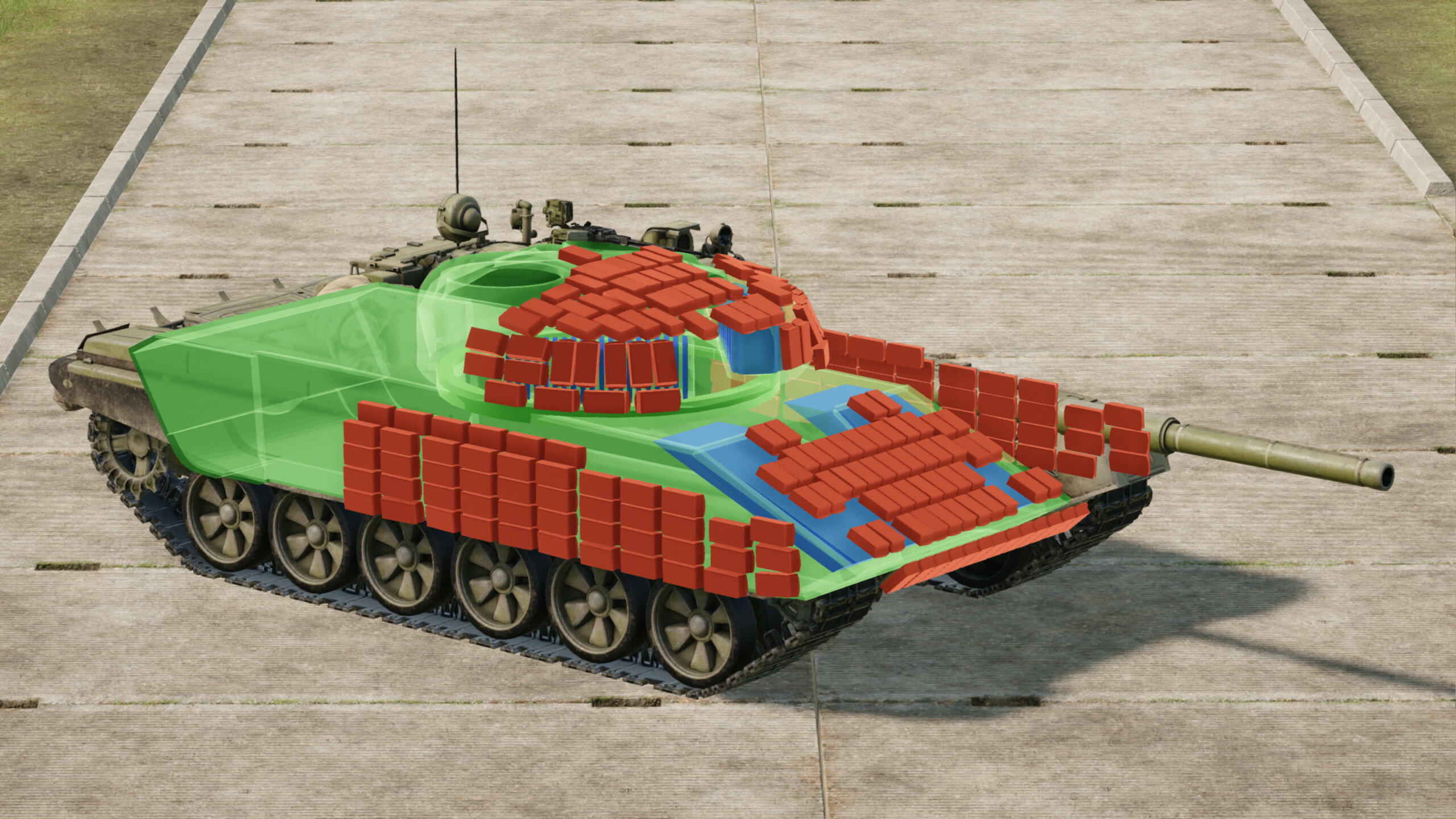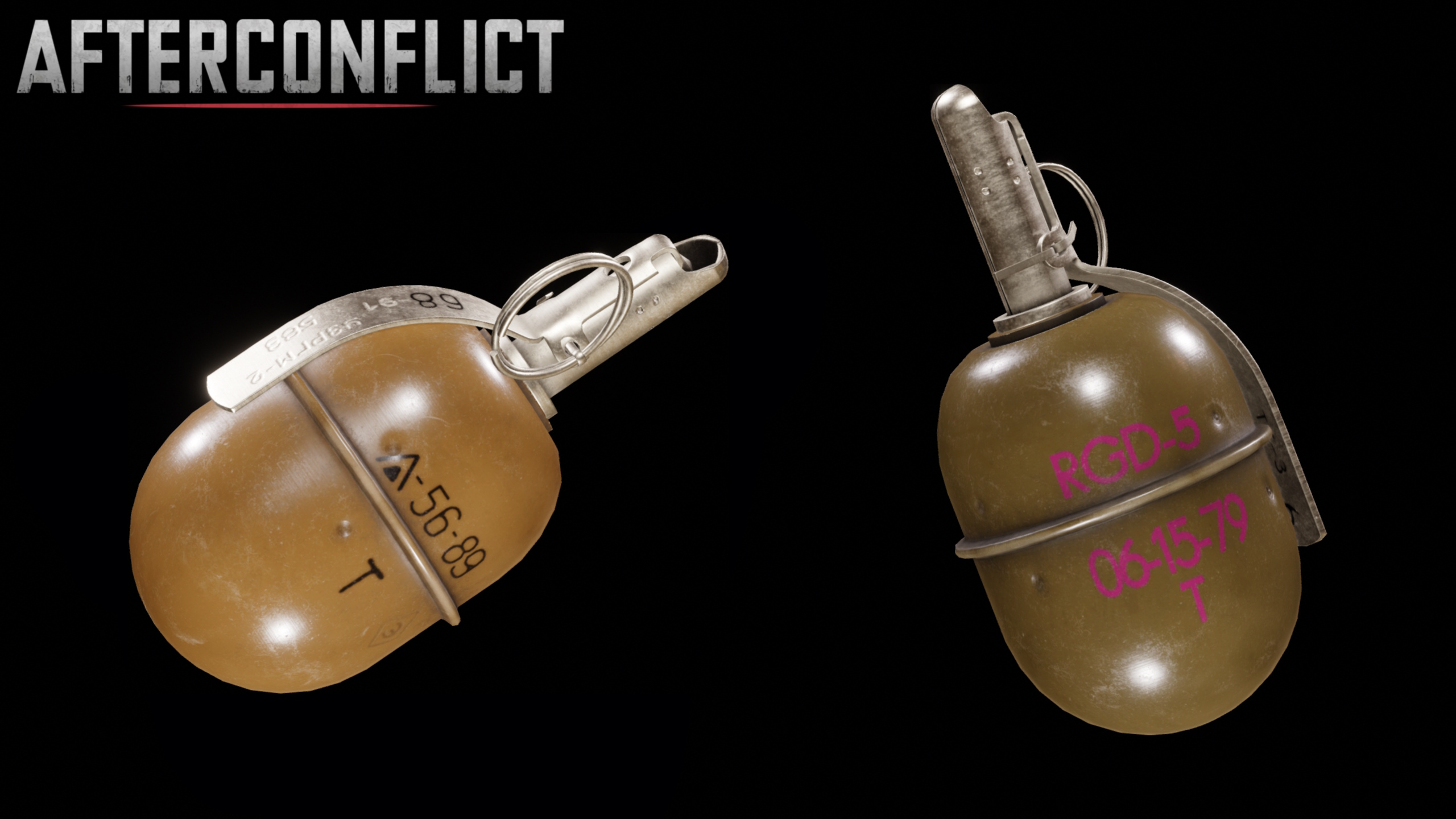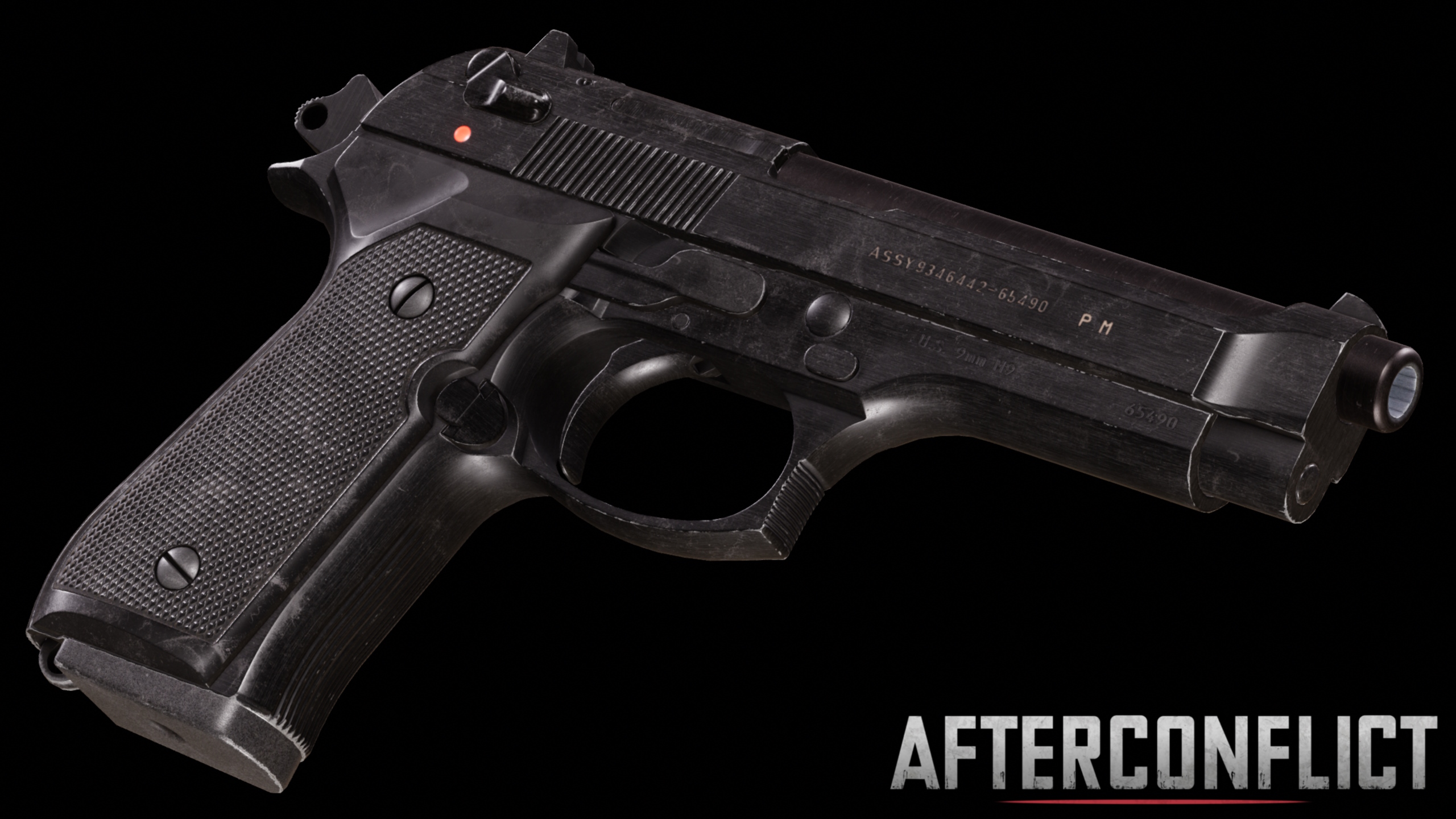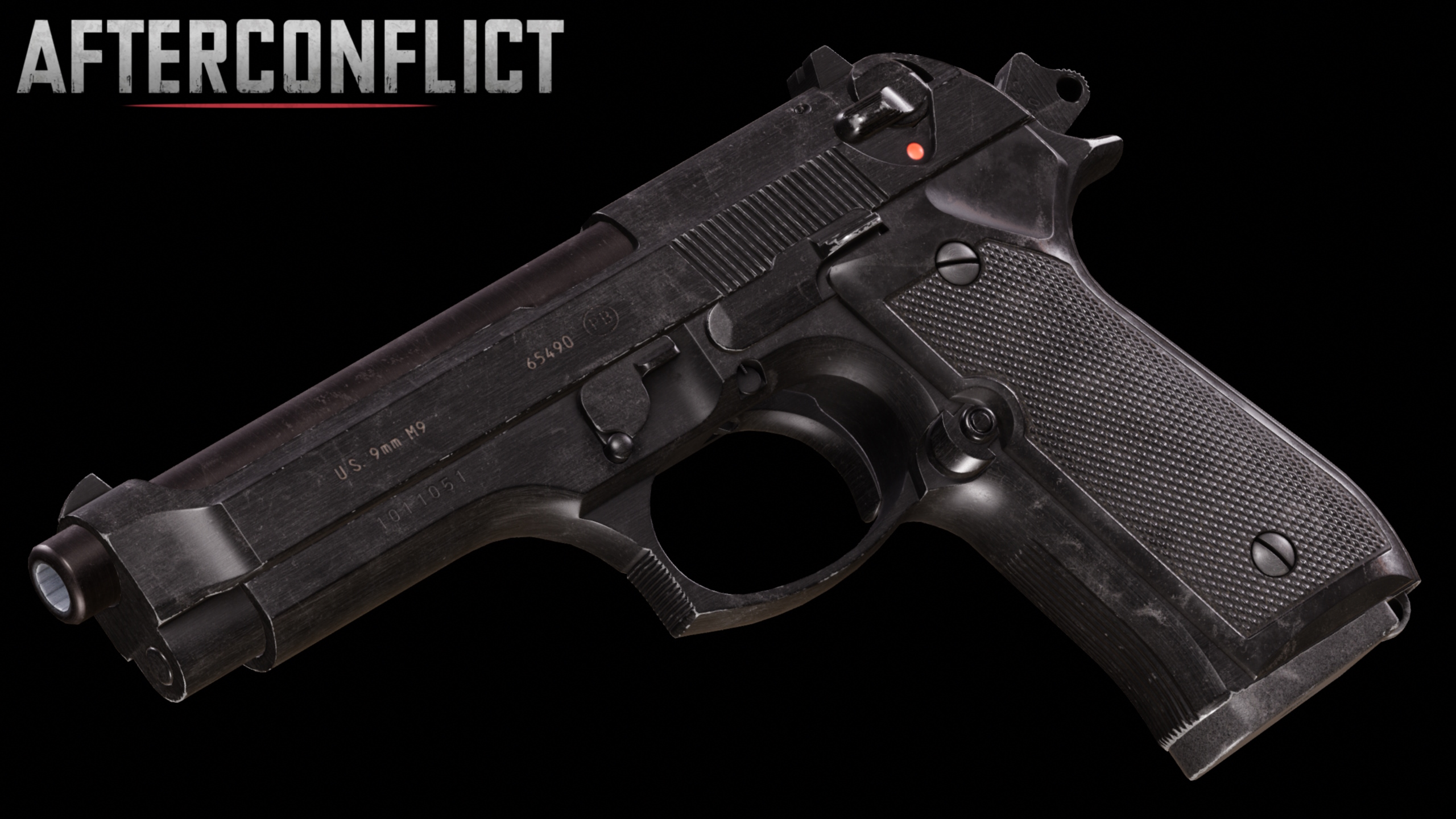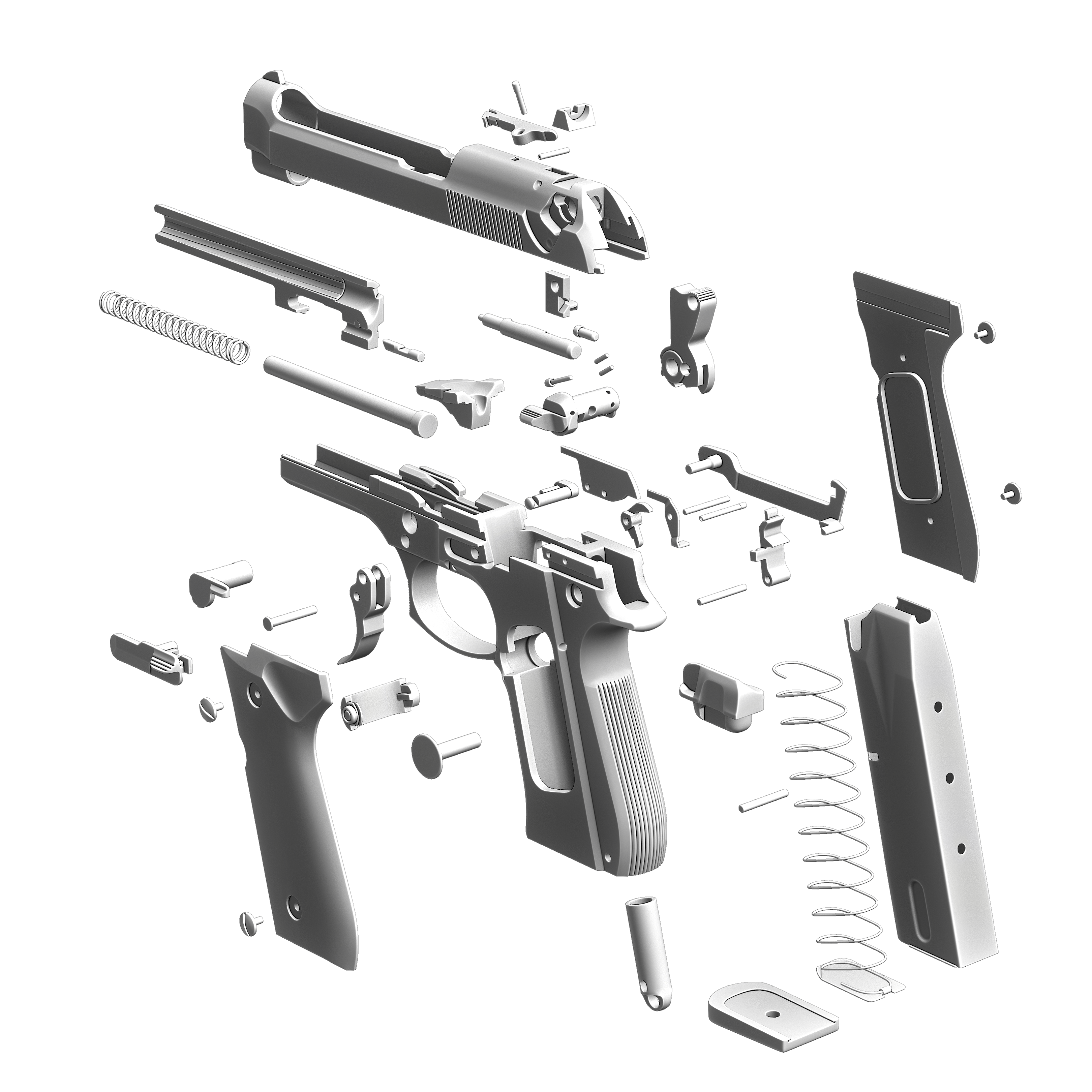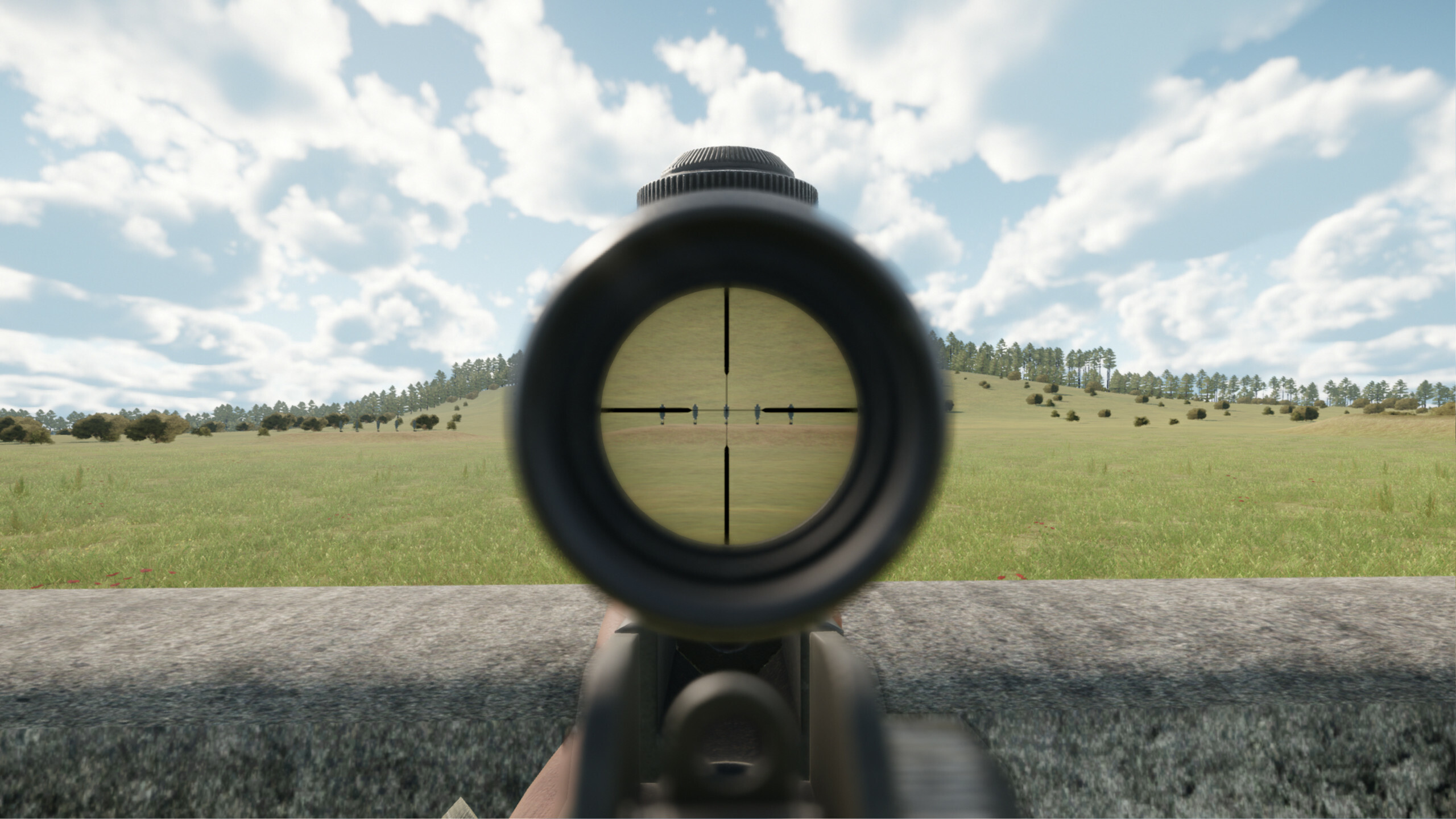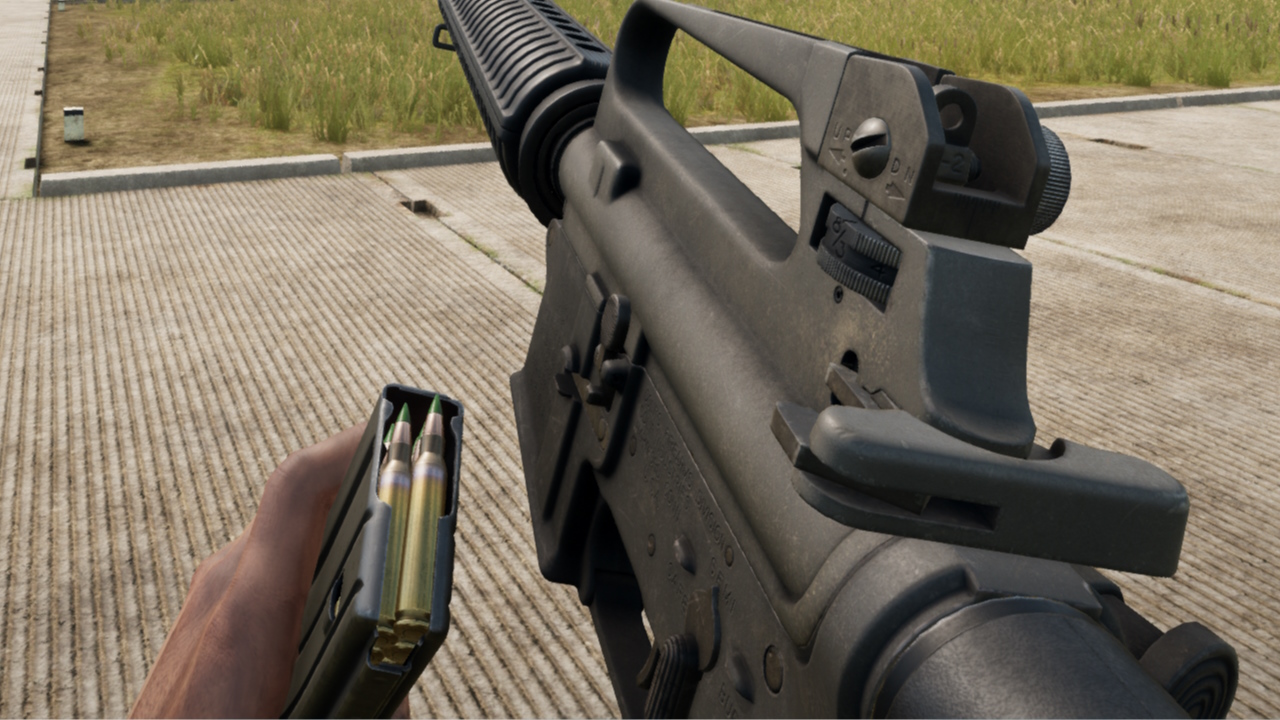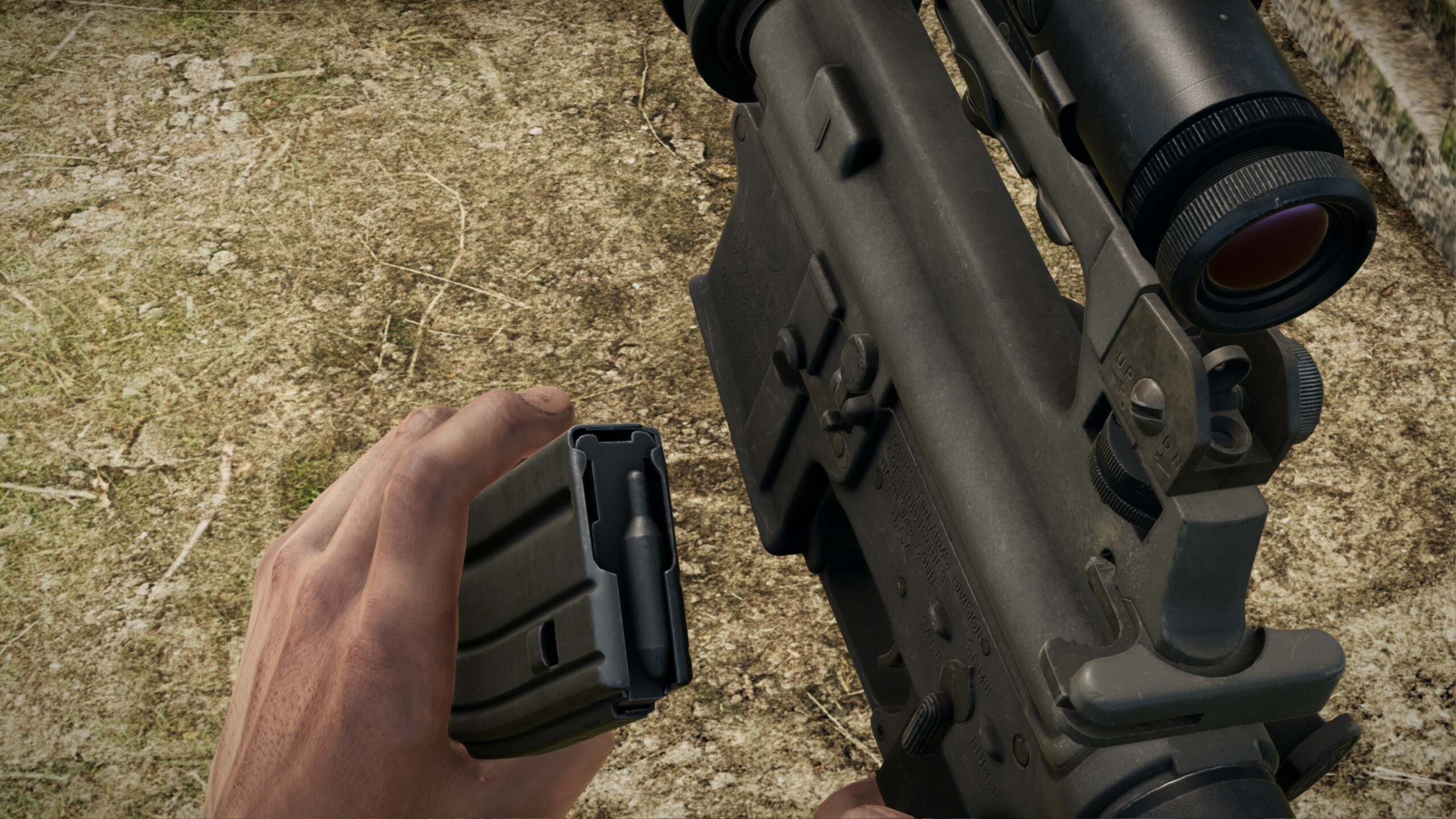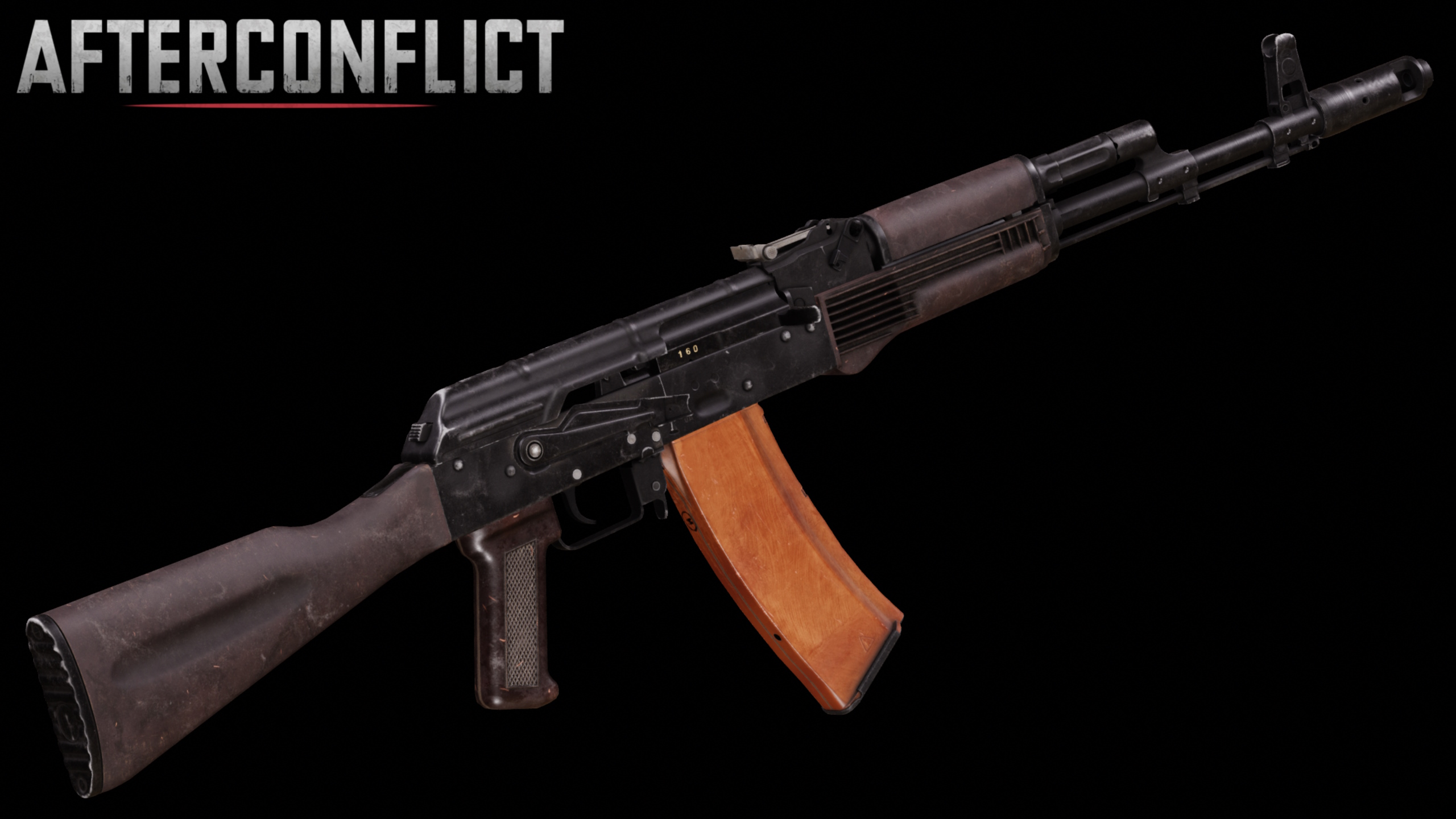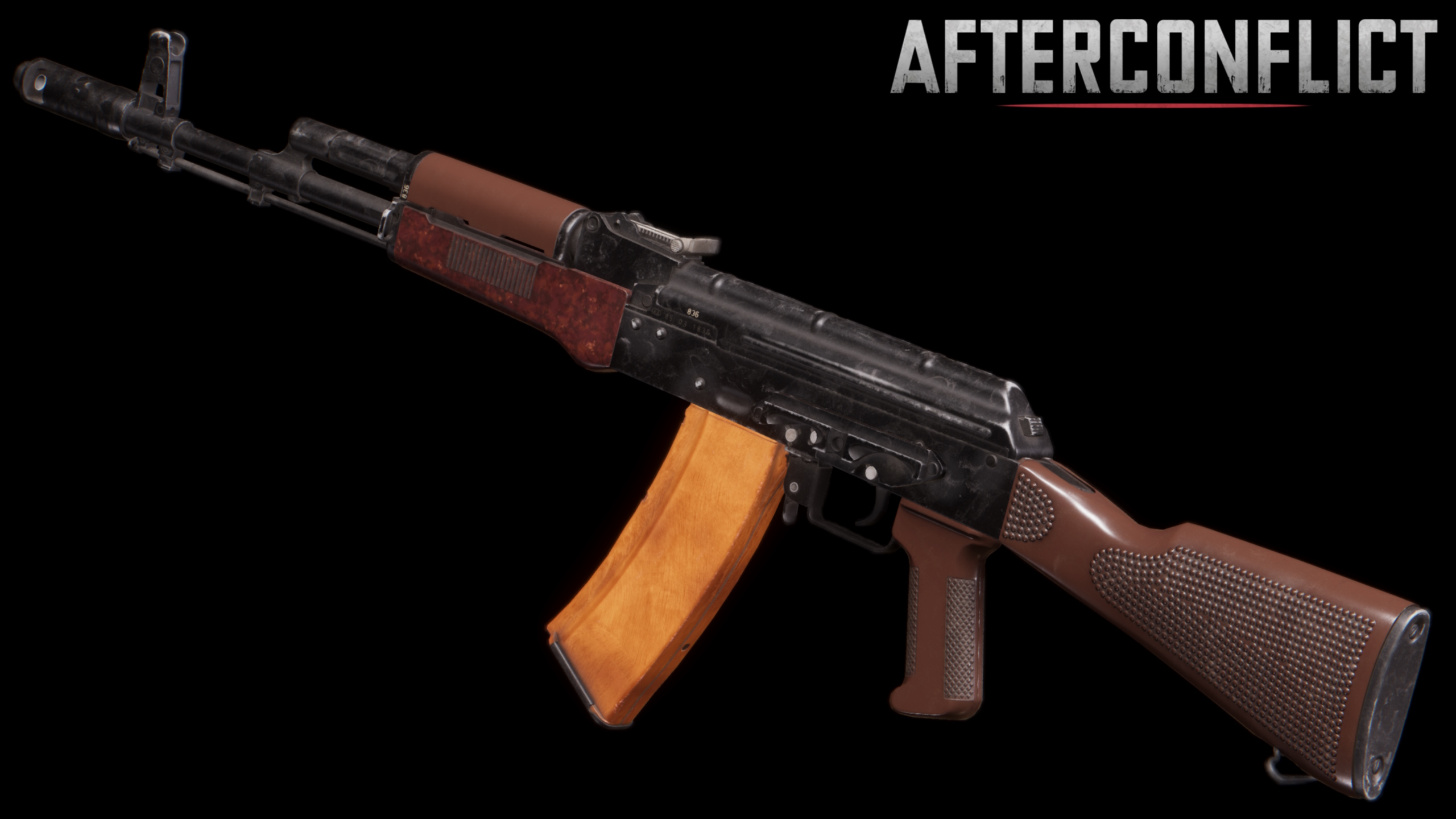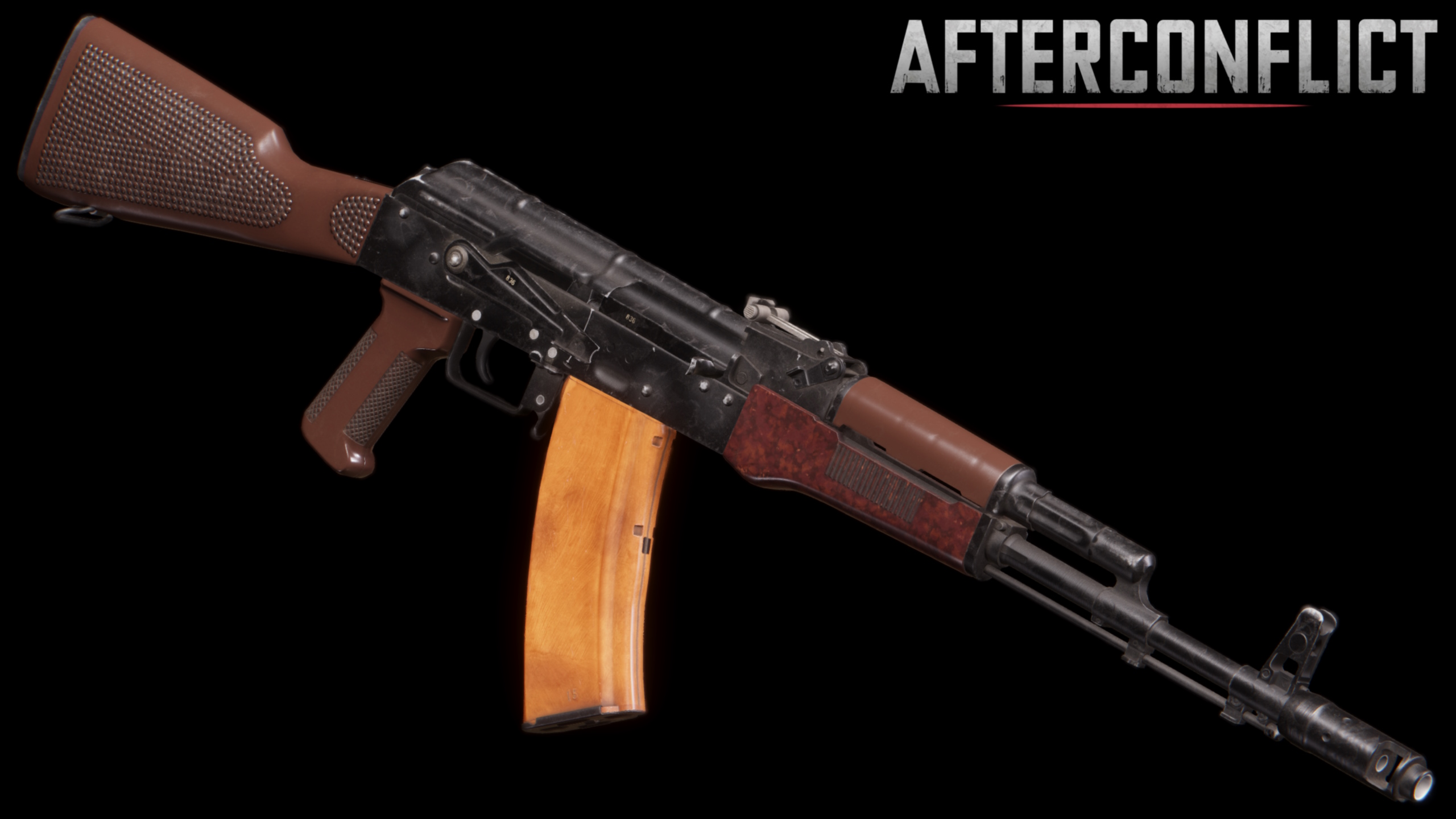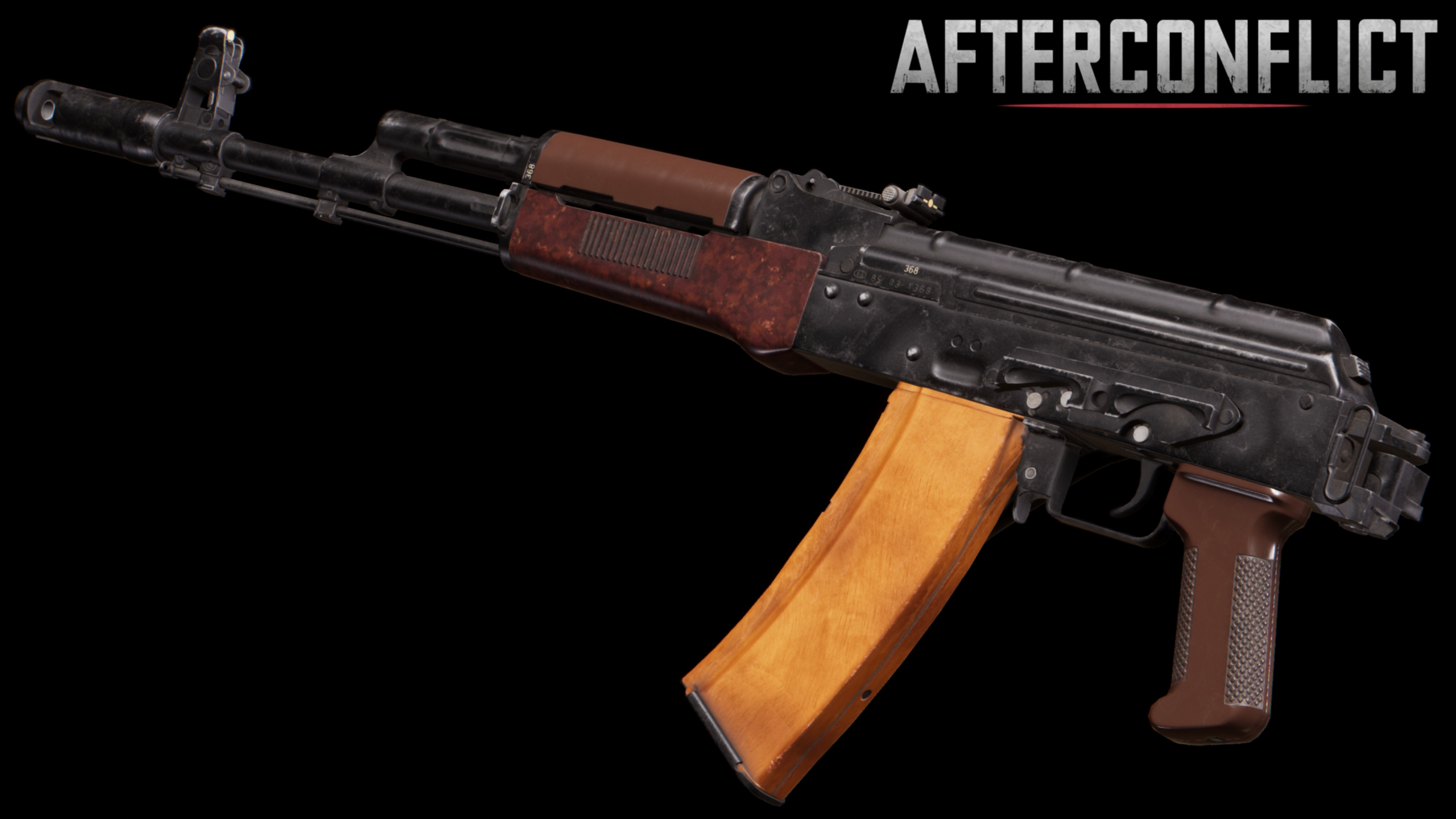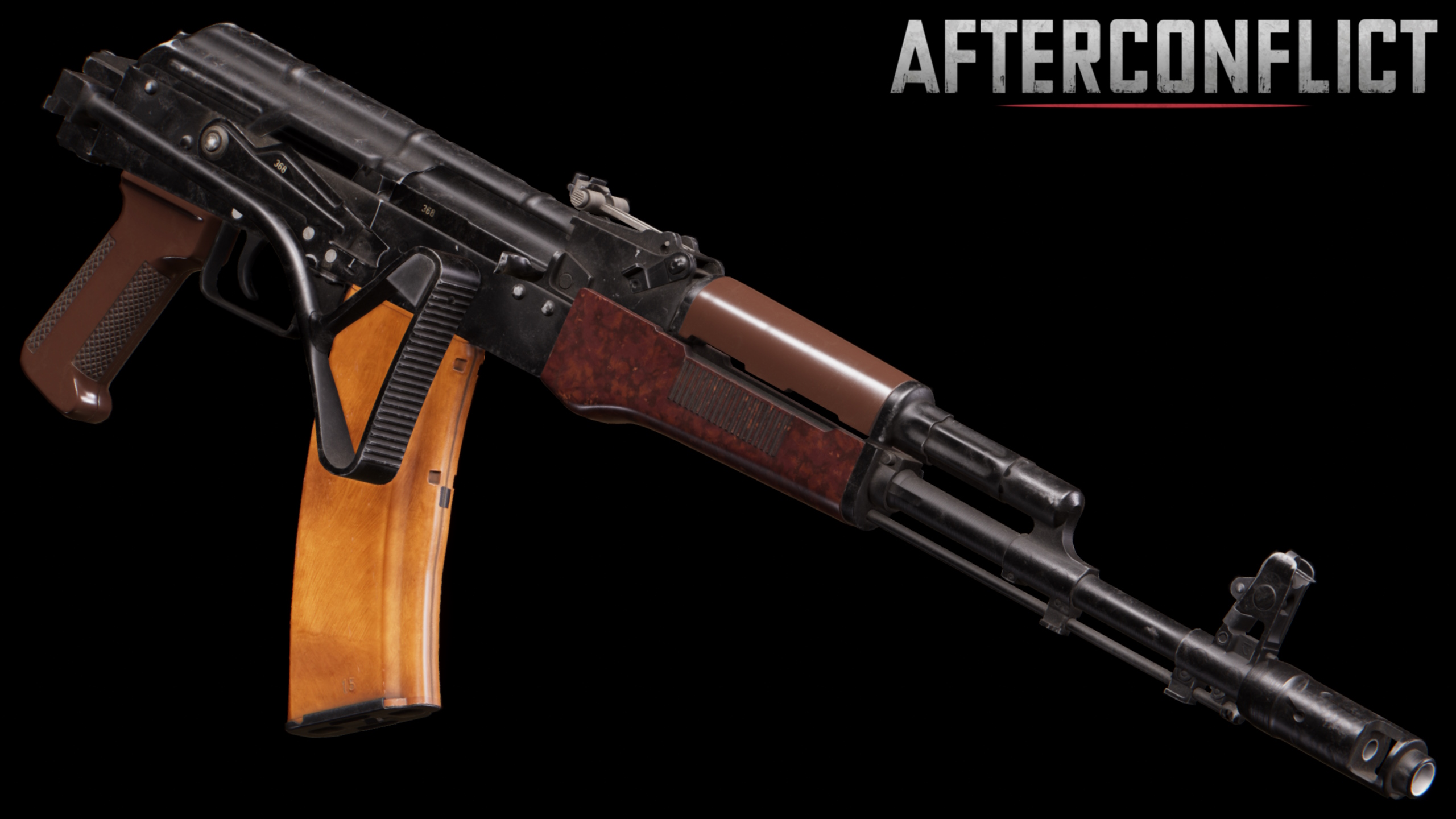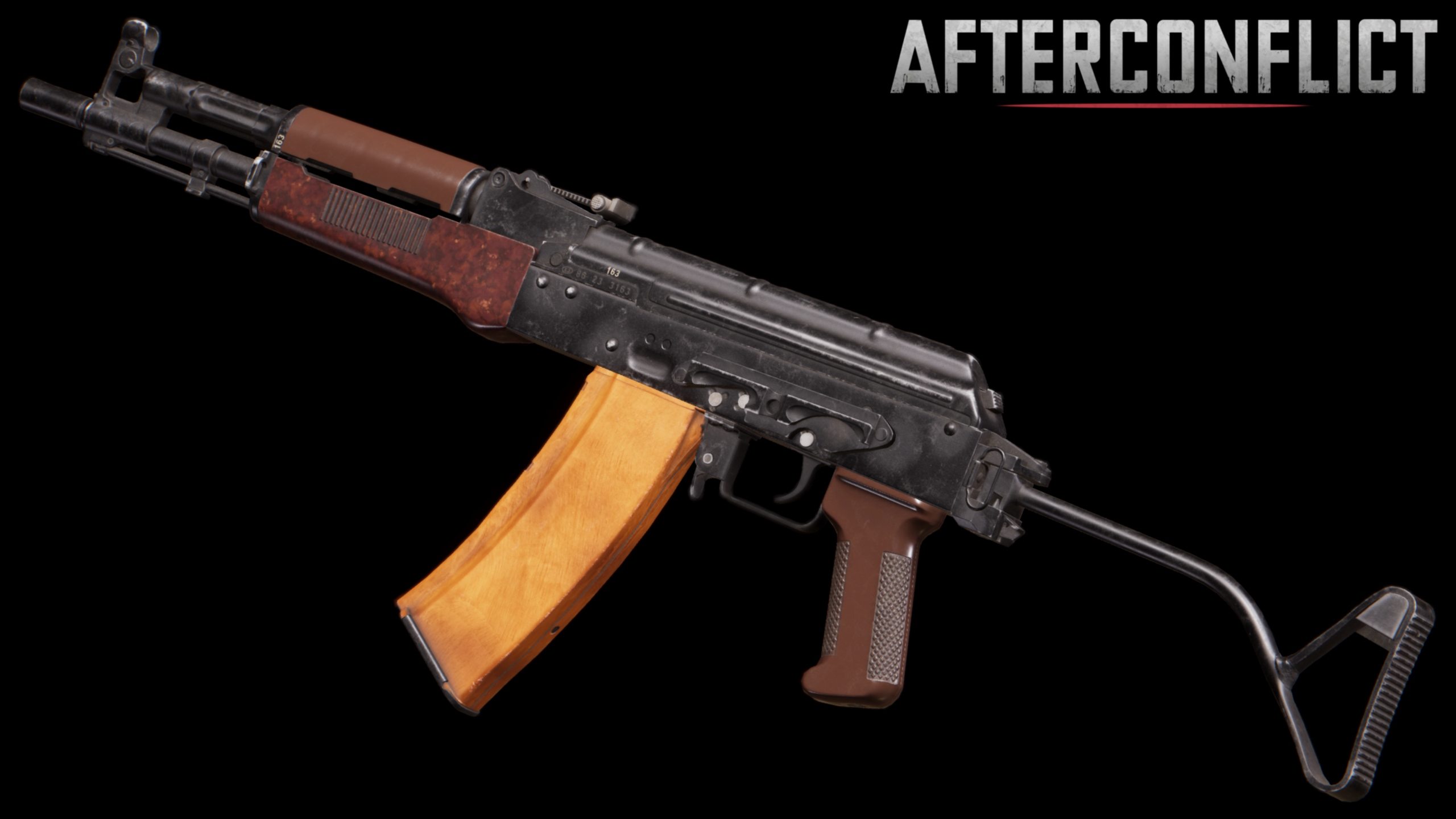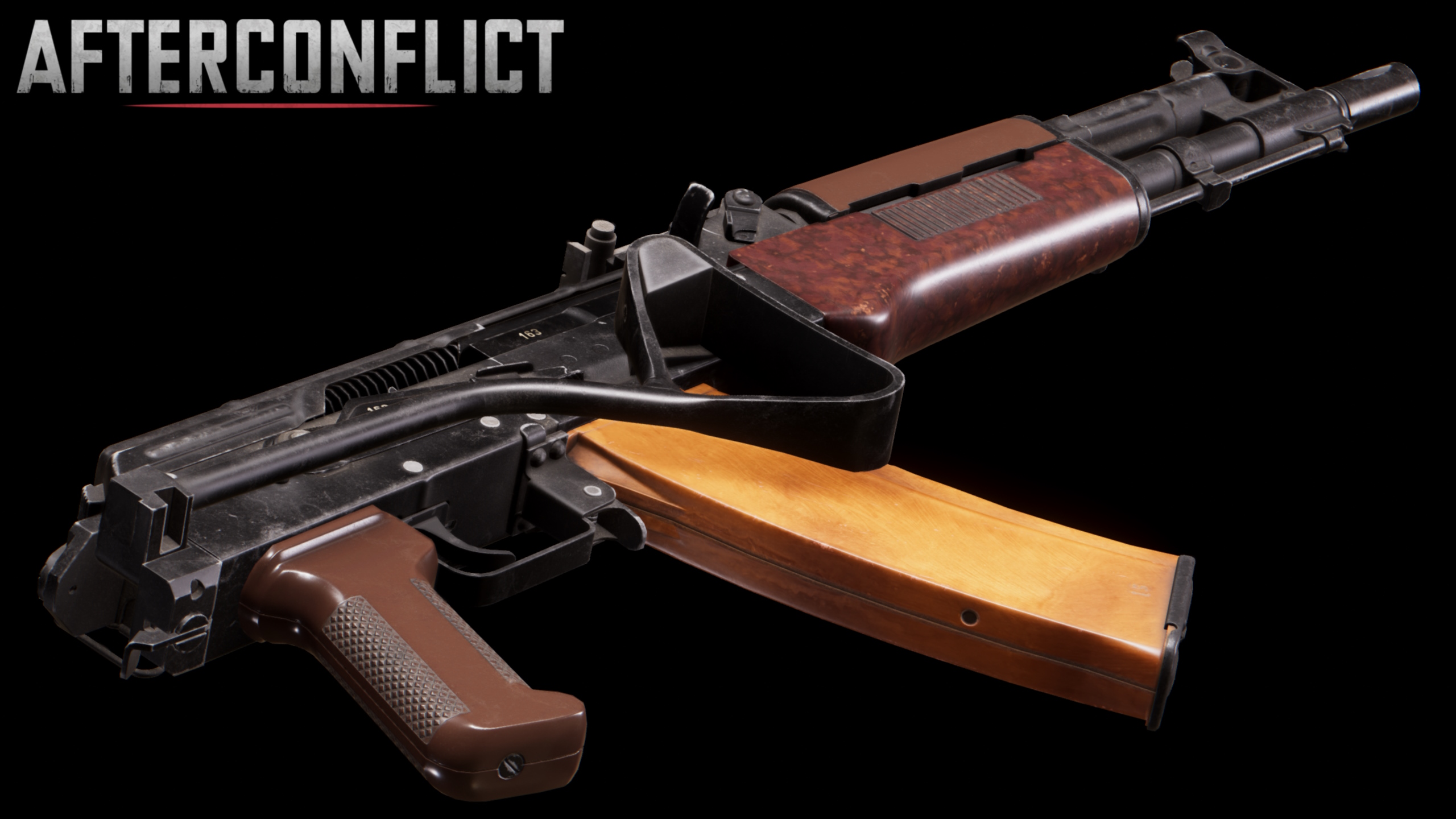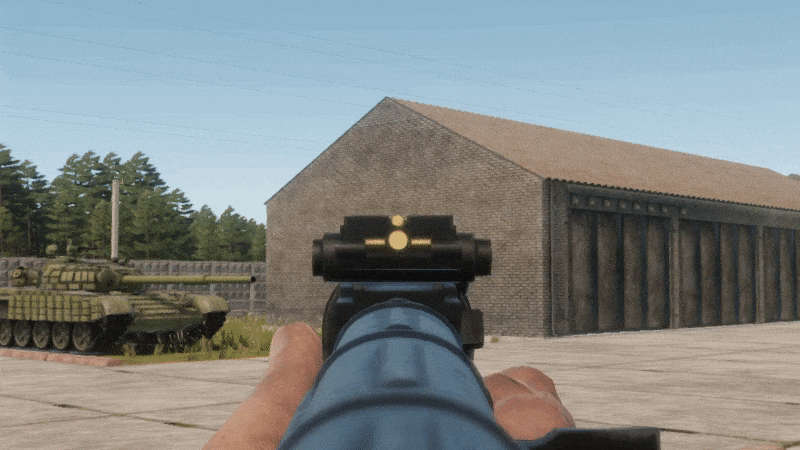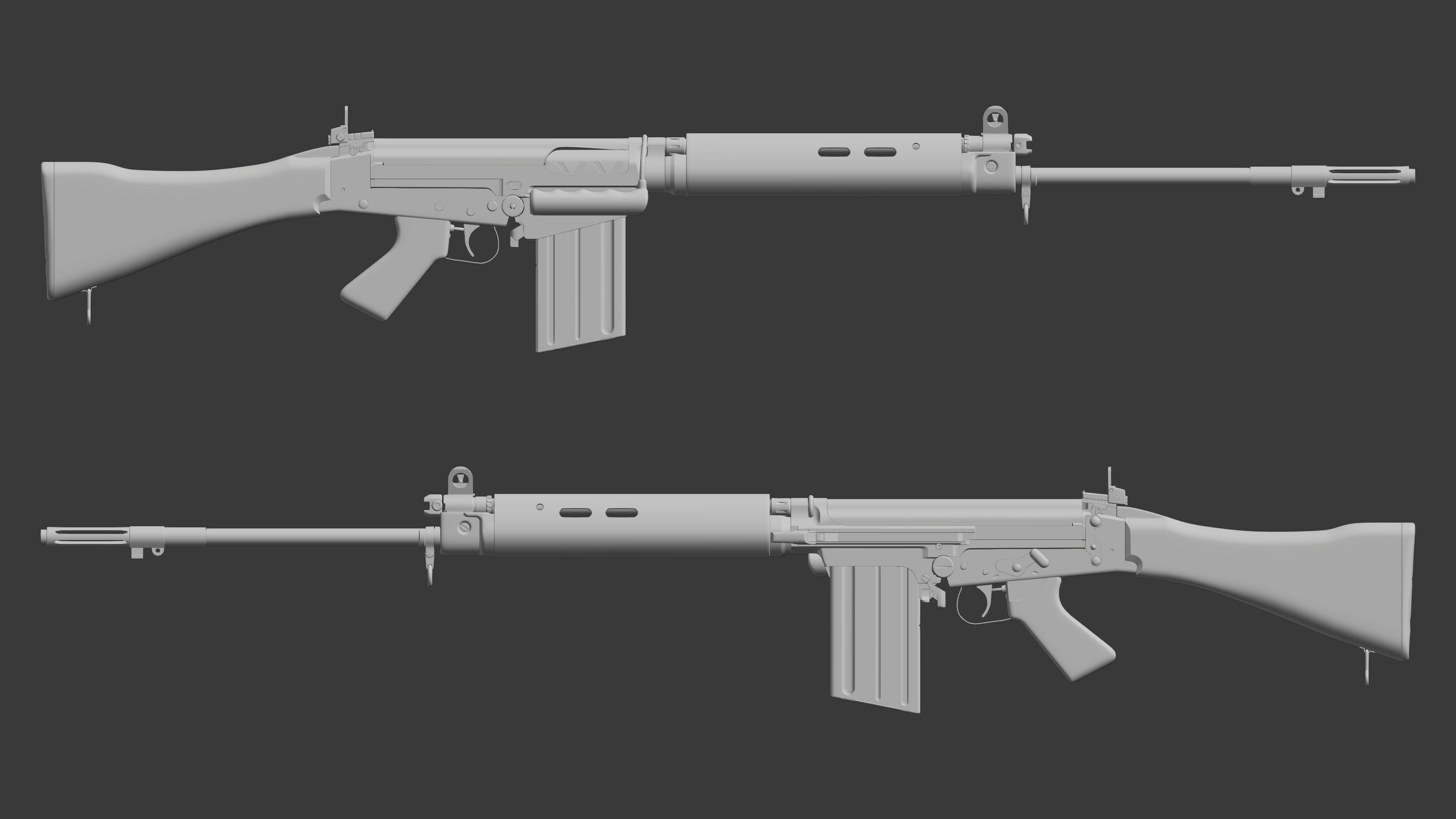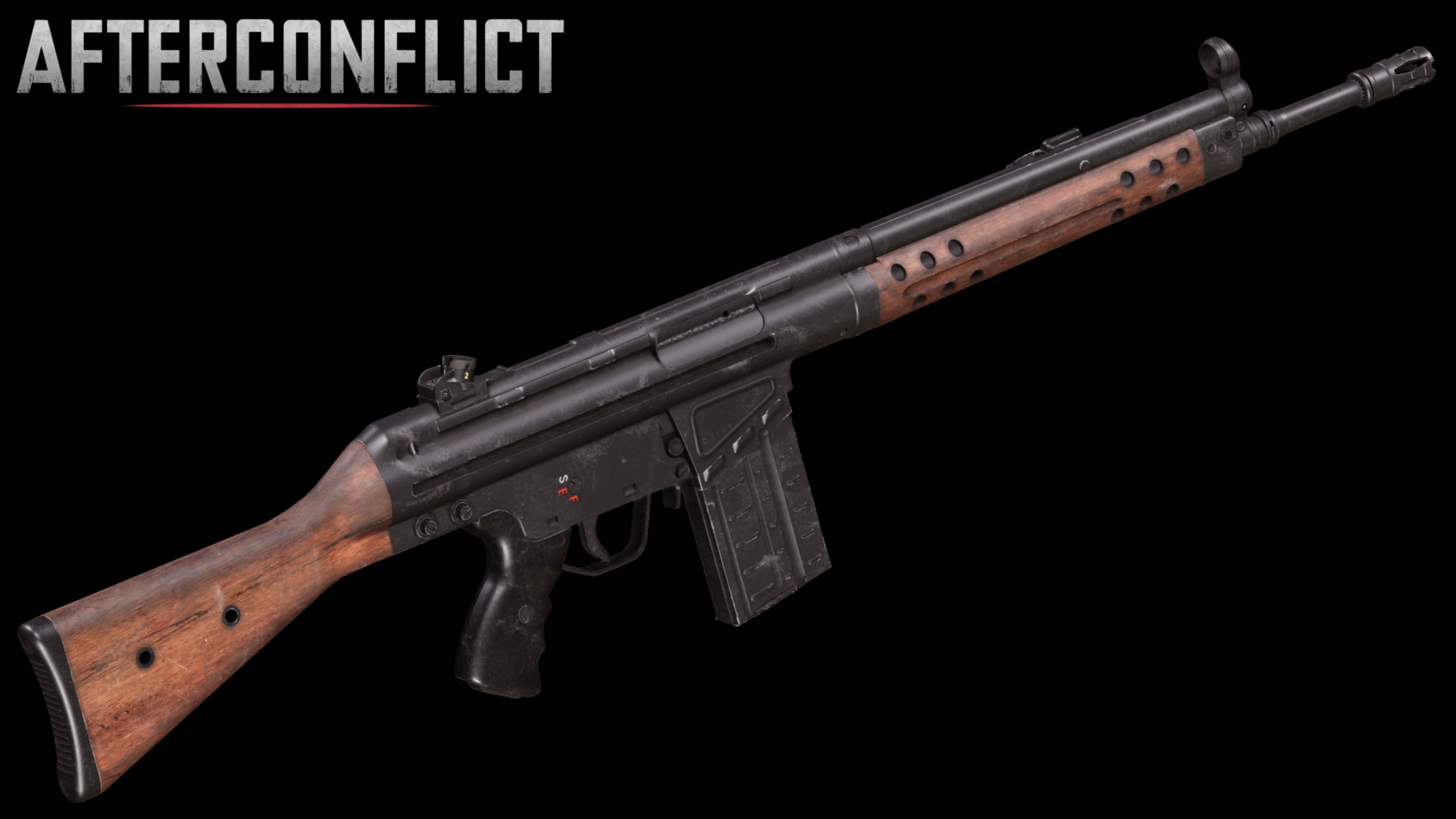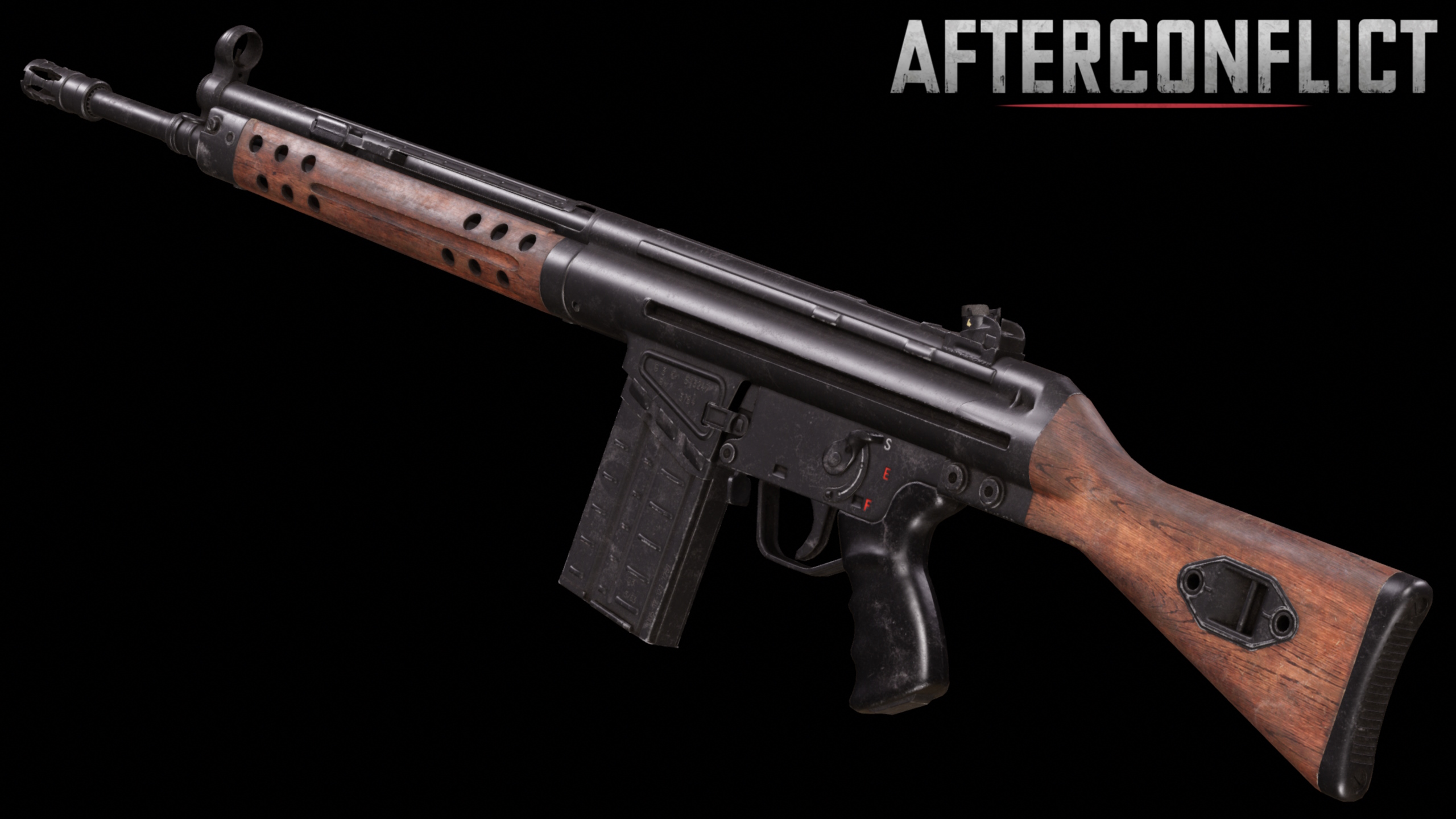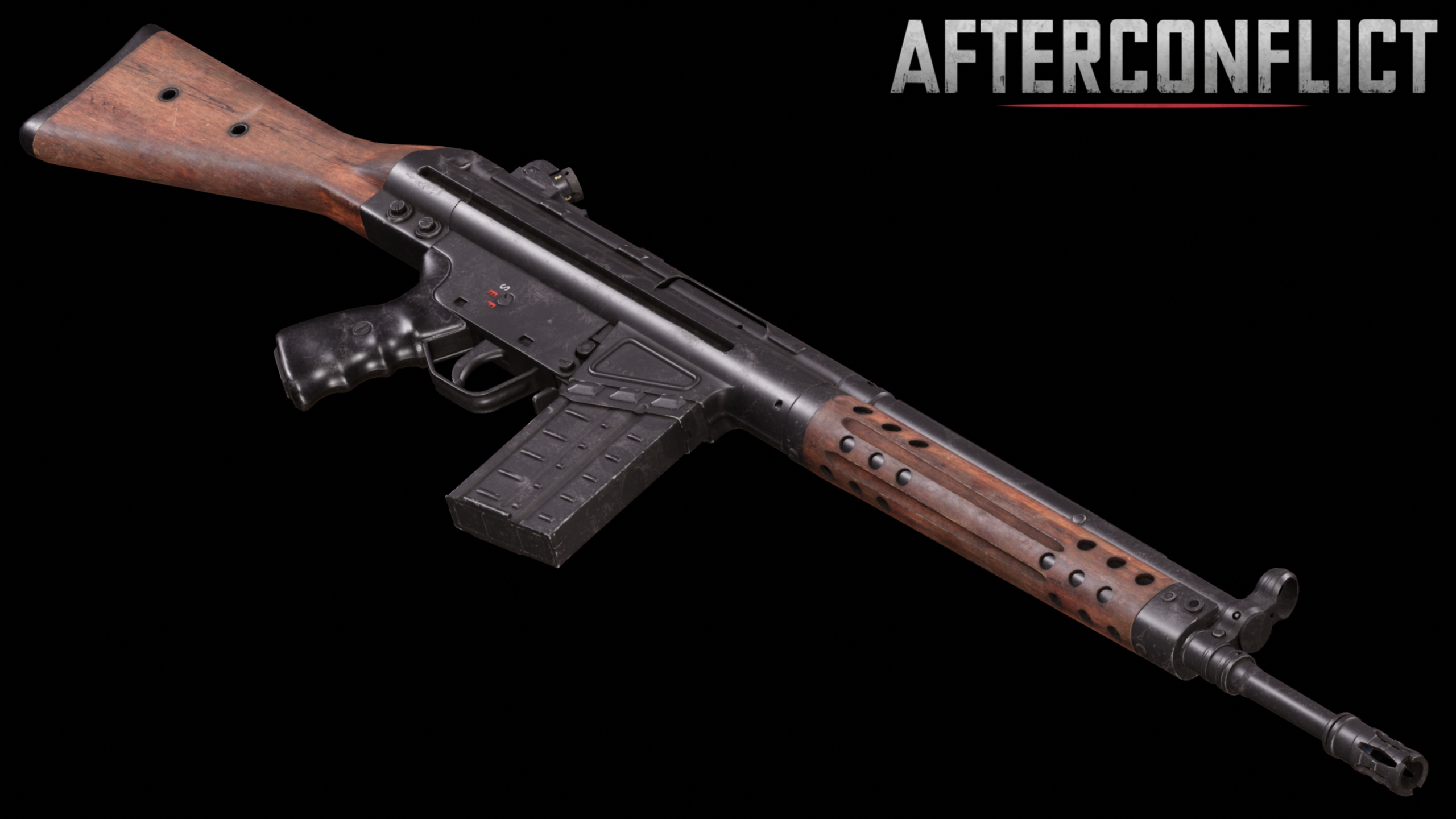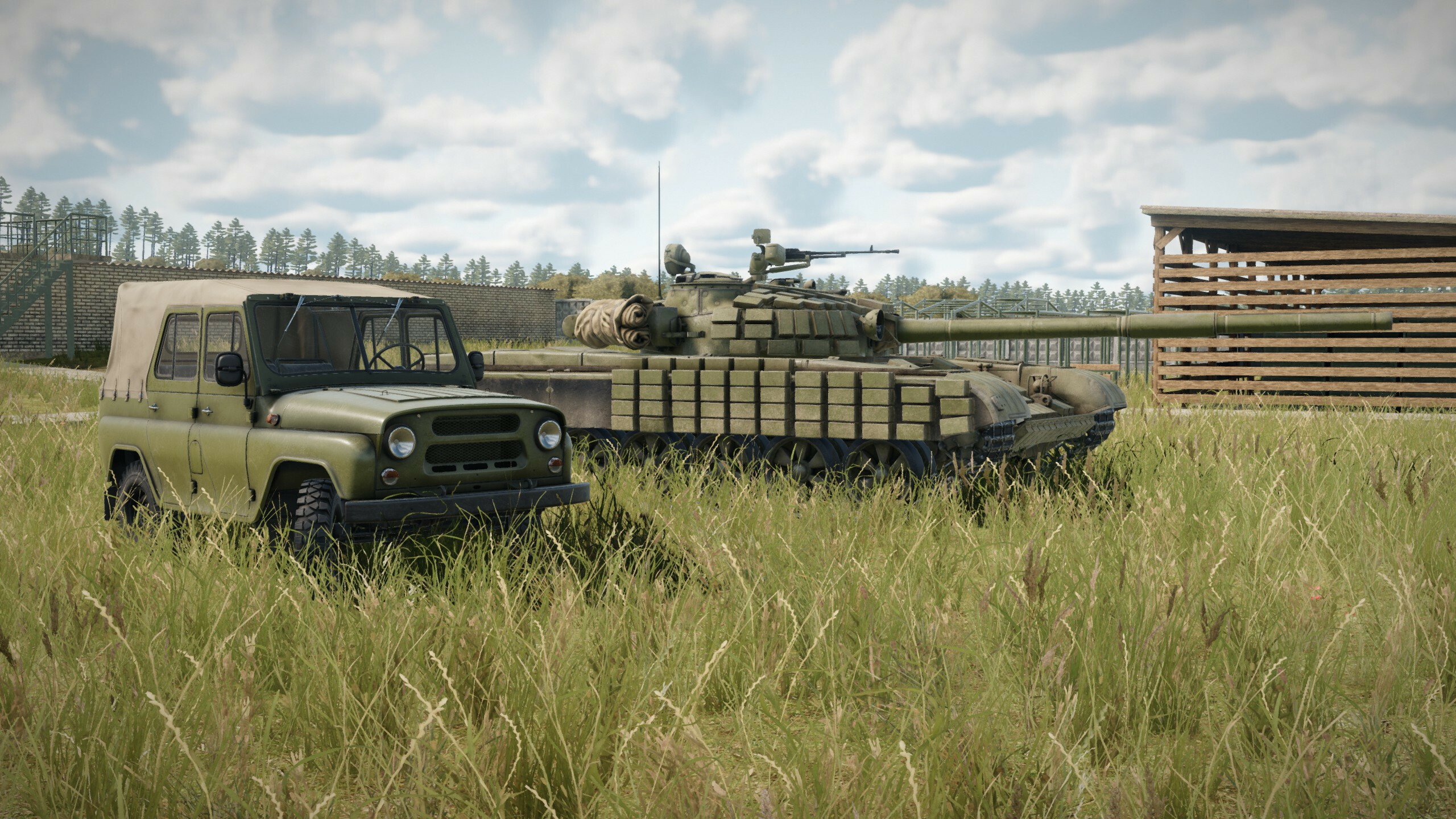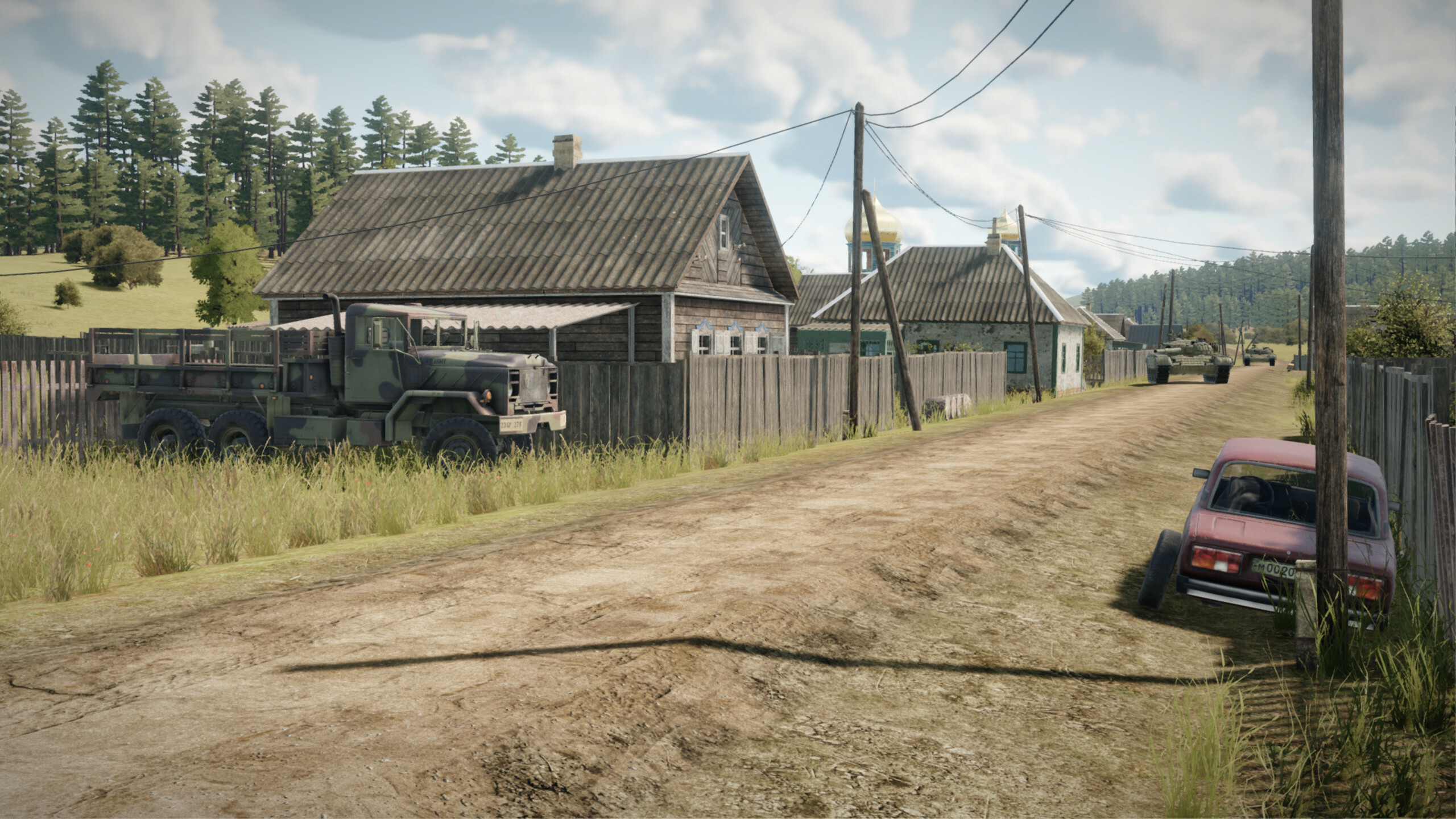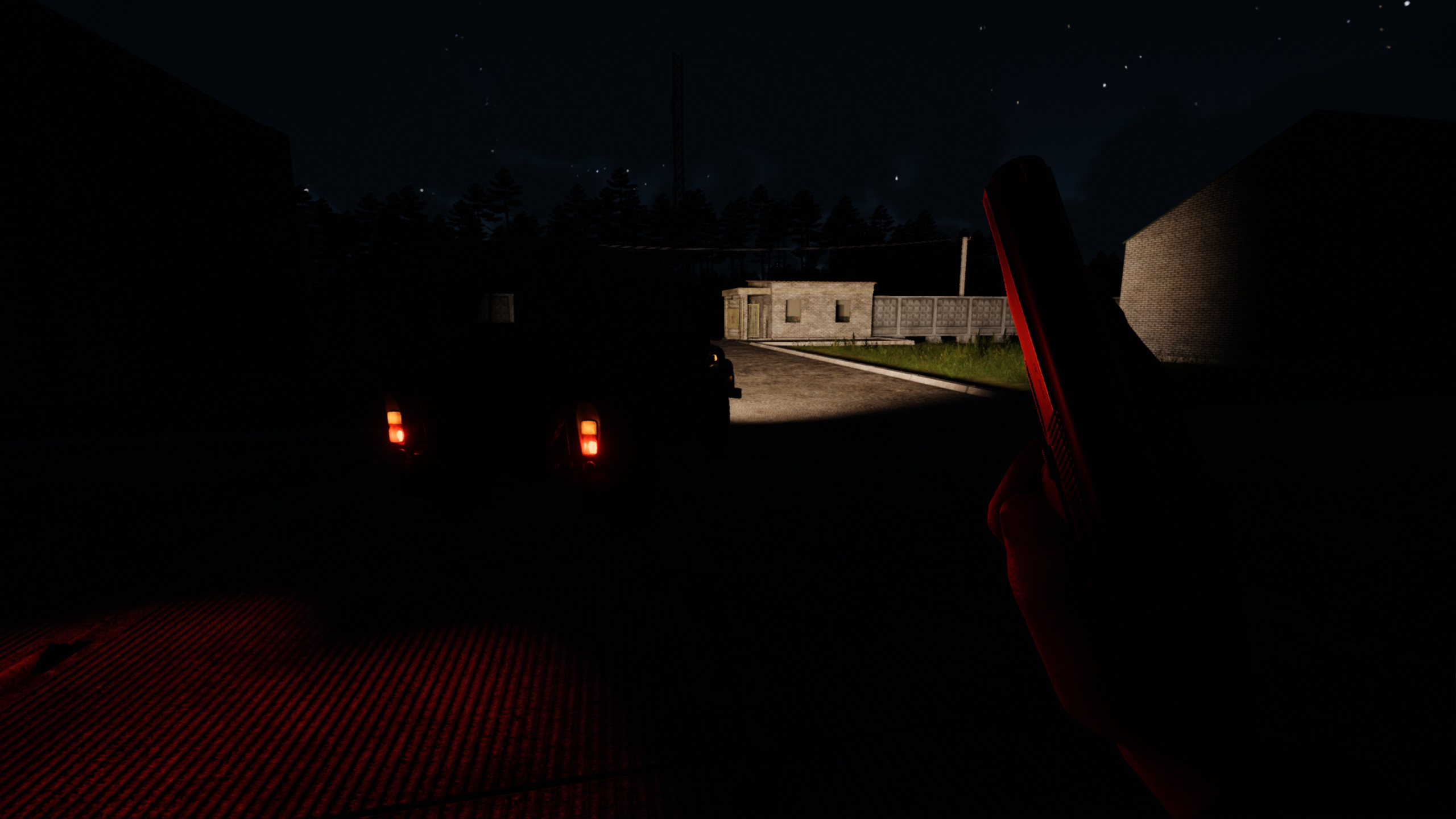Sep 16, 2023
Development Update 18
We're back with a new development update, we've been doing all sorts of stuff since our last development update from new content on both sides of the iron curtain to all sorts of engine improvements, so instead of just waffling on and giving a summary of it all:
How about we get right into it and show you?!
Starting off, we have the big one; the last time you saw us showcasing vehicles they were largely stationary, but no longer.
While still a work-in-progress like everything else, vehicles are now drivable in Afterconflict!
We're applying the same philosophy to our vehicles as we have to our infantry gameplay, namely in our absolute adherence to trying to simulate combat, in doing this we're making sure to take into account the simulation of various factors like vehicle suspensions, meaning trucks like this here M923 will feel suitably mobile over rough terrain!
On the matter of trucks we've got a few new eastern examples to show off to you, those being an in-game look at the exotic-looking Czech V3S and a high-poly render of the classic Soviet workhorse (and basis for the 9K55 Grad-1 as the 9P138), the ZIL-131!
Both of these trucks will no doubt be useful when ferrying Warsaw Pact forces and their supplies to the front lines!
But let's now hop back over to the west like a trip to West Berlin and focus on a modern American classic, the M1025(based on the M998) while we showcase some more advanced vehicle functionality, mainly regarding lights.
But first, some jiggle physics.
Nice.
Now, one of the primary advantages that US forces had over the forces of the Warsaw Pact and even many NATO countries during the Cold War was their night-fighting capabilities, which over time would prove a decisive factor in the US's ability to sustain a relentless 24/7 operational capability.
This was primarily as a result of the US's impressive wide-spread issue of high-quality night vision devices, and while still not as prolific as the issue of such devices to US forces in the modern day, you can still certainly expect this to be a significant factor while playing as or against US forces in Afterconflict.
Where the M1025 comes into this is the matter of how it can be fitted with either a standard hooded blackout light that reduces the visibility of the vehicle while driving to avoid detection (such as by enemy aircraft), or, when operating with night vision devices, an infrared headlight, allowing drivers equipped with night vision to see clearly while those without night vision devices only see darkness.
However, one must always keep in mind that if you can see an IR light through your night vision devices, so can the enemy if they have them, no matter how primitive...
But when the going gets tough and you need some roadside assistance, simply turning on your old-fashioned hazard lights will have you covered.
Just be sure to keep in mind that all of these lights can be taken out with a well-placed shot or clumsily-done accident, so be careful!
That swiftly leads us on to a double-feature, as we can now look at the UAZ-469 and use it to give you a WIP preview of something many of you will likely be elated to hear about: Afterconflict's component-based vehicle damage system!
Unpretentious and spartan in its design, what the UAZ-469 does not make up for in comfort, it makes up for in its general robustness as a light utility vehicle that very much sticks to its principles with little/no thrills or frills involved (maybe aside from a sore backside after a less-than-leisurely drive).
But frankly, what's even less comfortable than the seat of a UAZ-469 while going down the road of the average Soviet farming village is the prospect of the fabled goat's drivetrain failing and trying to find a working phone in a 20-kilometre radius, and that comfortably brings us to our new component-based vehicle damage system!
As mentioned prior, in Afterconflict we're dedicated to simulating vehicles with the same level of depth as we are with our infantry, and as a result, instead of using a more "traditional" vehicle HP system, we're implementing a component-based damage model that'll simulate the same kinds of failures and damage as you may expect if you ripped through the side of a LUV with a magazine of 7.62x39 in real life (E.G: If the radiator is damaged or destroyed, the engine will quickly overheat)!
We'll be going over our advanced vehicle damage and armour modelling in far more depth in the future, so get excited and be sure to keep an eye out for it!
Speaking of infantry, let's get back to the matter of the gear that soldiers carry rather than the gear carrying soldiers; we have all sorts of bits and pieces to show off!
Starting off, we have both our overhauled RGD-5 and F-1 grenade models for both the USSR and DDR (with the Soviet F-1 and RGD-5 using the UZRGM and UZRGM-2 fuses respectively while both DDR examples use the DS-62 fuse)!
But we haven't just approached our grenade models with such deference for the details as we're also taking into account their unique performance nuances, as you can see with this demonstration of the RGD-5s top-and-bottom biassed fragmentation pattern!
But now onto something that's exploded figuratively rather than literally, we have our new M9 pistol model with an exploded view of its components!
During our modelling process, going to these sort of depths generally allows us to better understand how everything works and add functionality where often it may be missed elsewhere (such as the M9's trigger bar moving correctly).
Continuing on with the late 80s US military adoptions that standardised the weaponry issued between branches, we've got more M16A2 content for you: starting off with how we've made sure to make its controversial rear iron sight design as complicated as they are in reality!
Though regardless of one's opinion on the M16A2's iron sights, around the same time following on from the prior 3X20 scope (also in-game), the 4X20 scope was released onto the market and often found its way onto military M16A2s as COTS (Commercial Off The Shelf) purchases!
But the M16A2's iron sights are not its most controversial feature, that distinction goes to the replacement of the prior M16's SAFE/SEMI/AUTO fire modes with SAFE/SEMI/BURST, a design supposed to reduce the amount of ammunition expended by the average infantryman, but due to its questionable implementation resulted in a less refined trigger pull and a "burst memory", which we've faithfully recreated in-game!
On a more positive note however, the M16A2 also brought along with it a new barrel twist rate of 1/7 designed to fire the new NATO standard SS109 cartridge designated as M855 Ball and M856 Tracer in the US military, as opposed to the M16A1's 1/12 twist rate and its M193 Ball and M196 Tracer cartridges- all of which are included in Afterconflict!
Just be sure to keep in mind that firing ammunition designed for a 1/12 twist barrel through a 1/7 twist barrel and vise-versa may have less-than-stellar results.
...but regardless of the results it's still likely a better outcome than to be in combat and checking your magazine only to see a bare follower staring back at you.
Over on the other side of the Iron Curtain however, while by the 80s things had largely evened out, up until the 60s before the M72 LAW had been created and cloned as the RPG-18, the conundrum of what to do in the situation where one asks oneself "There's an M59 over there but I don't have a missile launcher or anti-tank grenade to deal with it, what do I do?" was largely answered.
The answer?
To rain down upon it with incendiary small-arms ammunition of course!
In this case, the 57-BZ-231 and 57-Z-231 7.62x39 cartridges, designed to punch through light armour and/or hit fuel lines and any other flammable sections of a vehicle that upon igniting would knock it out of action.
Speaking of AKs, as those of you that have followed us so far were probably expecting this segment: The one where we talk about how we've once again made our AKs even better!
Cutting straight to the chase, we've improved upon our AK74s as you can see here with both wood and "plum" polymer furniture Soviet examples...
...and our various East German offerings in the MPi-AK-74N, MPi-AKS-74N, and MPi-AKS-74NK!
Moving back to an earlier topic, we also have improvements to that which the East German production AK74s' optics rails were standardised for, night vision optics, namely with the addition of visual effects such as light streaking.
These new effects apply to most night vision devices in general, the light streaking in particular can look especially impressive with tracer fire.
If all else fails, at least you have the clip-on ZVN-64 to aid in shooting at night (now animated)!
...just please don't give yourself permanent "night vision" by focusing the sun's rays directly into your corneas via a high-power scope, it won't go well for you.
In general, try to avoid doing stupid stuff that'll rattle your senses; while it may seem like a funny idea of dispose of an old car with explosives, aside from the shrapnel, the blast-wave of explosions will likely give you a concussion if you're too close to them, make a habit of not being around while they're going off.
But for when you're looking to unpretentiously blast the enemy and explosives aren't able to provide the precision you seek, a good battle rifle is a great option to do just that, and today we have both a fully-textured in-game look at our G3A2 (the predecessor to the G3A3), and a preview of a high-poly render of our British L1A1 SLR, the Imperial-pattern variant of the FAL which you'll likely be seeing more of in the future!
Between the original G3 and the far more well-known and well-documented G3A3 sits the G3A2, evidently more modern than its predecessor with the older style flip-sights replaced with the more recognisable drum-type sights, the older single-rib receiver replaced with a full-frame receiver, and the CETME Model B style hole-cut flash hider replaced with a stab-cut flash hider, the G3A2 does however lack the plastic furniture and "Freischwinger" of the G3FS-based rifles (of which the G3A3 is effectively the base model).
In general throughout this update you may've noticed a rather big leap in the quality of Afterconflict's visuals and your eyes do not deceive you as through improving our custom engine's renderer we've added all sorts of different visual improvements, including but not limited to: generally improved in-game lighting, HDR bloom, improved motion blur, overhauled volumetric raymarched clouds (currently primarily cumulus clouds with more types to come later on), and more!
We hope you enjoyed this development update; as stated earlier, we're planning to at some point do an in-depth special showcase of our advanced vehicle damage and armour modelling, so keep an eye out for that!
If you have any particular ideas or suggestions regarding that or anything you've seen in this development update, do not hesitate to tell us!
On our Discord server we discuss everything from the game and Cold War history to posting photos of hedgehogs!
We hope you enjoyed reading this development update, if you wish to keep up to date with all Afterconflict updates, be sure to follow our Twitter feed too.
As Ever: Stay Tuned!

